ADVERTISEMENT
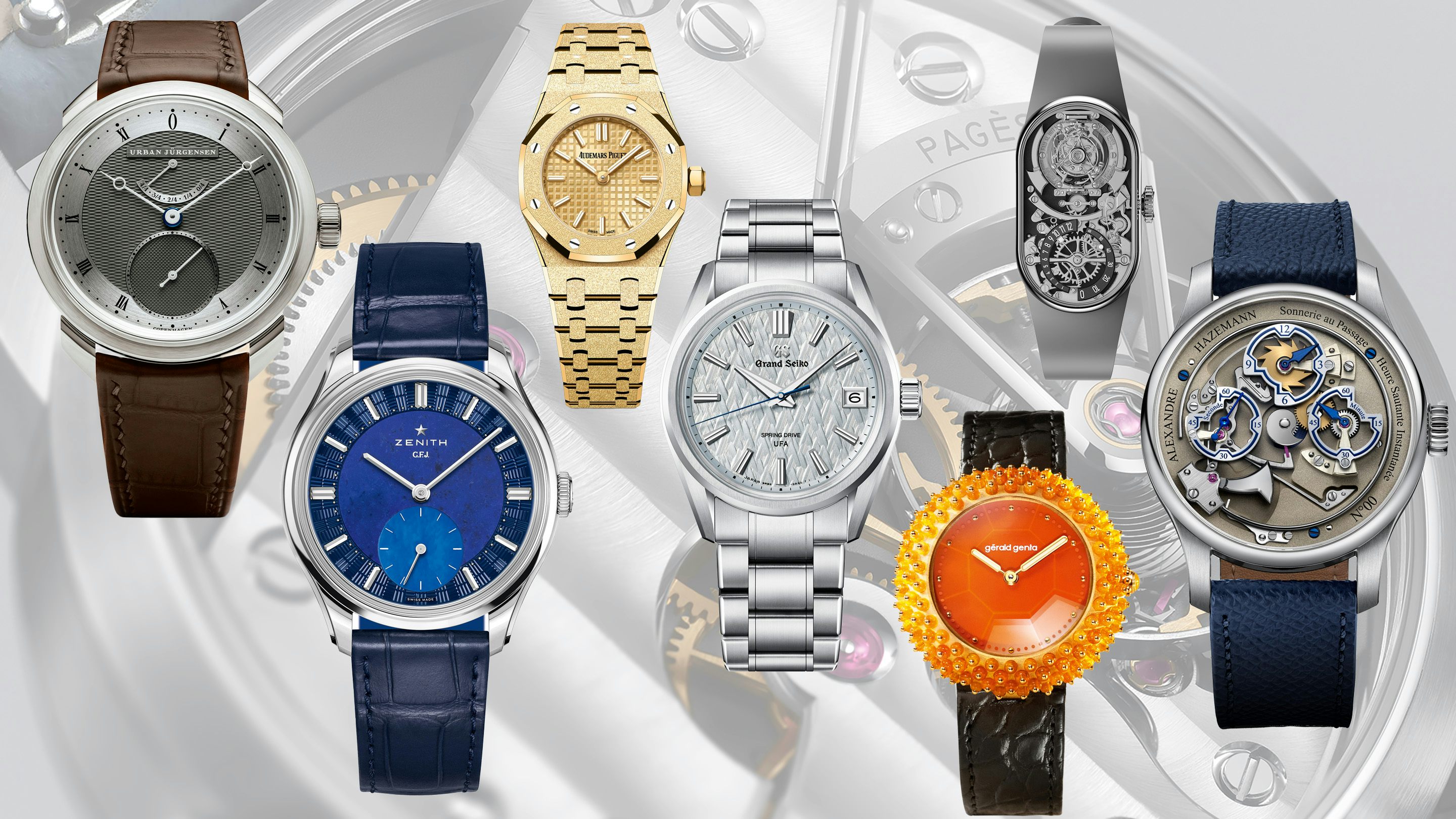
The Grand Prix d'Horlogerie de Genève, the watch industry's biggest awards show, has just announced the finalists for the 2025 edition. The award winners for each category will be officially announced at a ceremony in Geneva on November 13, 2025.
Founded in 2001, the GPHG is now organized as a public-interest foundation. Its selection process begins with the GPHG Academy—an international body of several hundred members (including a handful of Hodinkee editors, myself included)—who help determine the nominees. From there, a 30-member jury convenes in person to evaluate the finalists ahead of the November awards ceremony.
IWC Schaffhausen's Portugieser Eternal Calendar, which won the top prize last year.
You'll likely notice that many of the largest brands (like Patek Philippe and Rolex) choose not to take part, but the GPHG remains the watch industry's most significant annual awards event. Each category features six finalists, with the top honor—the "Best-in-Show" prize, known as the "Aiguille d'Or" Grand Prix—open to any watch across all categories. Last year, the winner of that prize was IWC Schaffhausen's Portugieser Eternal Calendar.
The late, legendary casemaker Jean-Pierre Hagmann won a special jury prize for his iconic work last year. He passed away on March 7, 2025 at the age of 84.
The GPHG announced its "Competing Watches" a few months ago, which I have taken to calling "entries" rather than "nominees" (the term many in the industry have used). Members of the 1,000-plus-person GPHG Academy are allowed to nominate watches; however, any brand can propose up to seven watches across categories, with an entry fee of CHF 800 charged per watch to "cover the administrative expenses relating to the entry." Meanwhile, the finalists must pay CHF 7,000 to be included in the finals (in addition to providing the timepieces for exhibition and judging), which the GPHG explains "relates to the organization of the competition and the exhibitions, as well as to the communication and marketing services devoted to the nominated timepieces." These exhibitions will travel worldwide before the timepieces are judged in person in November.
With all that administrative talk out of the way, let's look at some of the biggest categories. Your finalists are...
Ladies' Watch
As described by the GPHG: "feminine watches comprising the following indications only – hours, minutes, seconds, date (day of the month), power reserve indicator, classic moon phases – and that may potentially be adorned with a maximum 9-carat gemsetting."
Quick Take: The Gentissima Oursin Fire Opal is probably the quick and easy pick here. It's just a stunning design, even if it's a bit loud for the average wearer (and problematic if you suffer from trypophobia). But it's a cool watch and not just a flashy version of something made for men. The Royal Oak Mini is cool, but would be cooler if it was mechanical and lacked the frosted finishing (in my humble opinion). The Tiffany & Co. "Bird on a Rock" goes against my gut reaction that ladies' watches shouldn't be blinged out, but the design and incorporation of gemsetting makes it a compelling option for a winner as well.
Ladies' Complication
As described by the GPHG: "feminine watches that are remarkable in terms of their mechanical creativity and complexity. These watches may feature all kinds of classic and/or innovative complications and indications (e.g. annual calendar, perpetual calendar, equation of time, complex moon phases, tourbillon, chronograph, world time, dual time or other types of model) and do not fit the definition of the Ladies' and Mechanical Exception categories."
Quick Take: Time for a quick reminder to the watch industry: any complicated watch with gems does not a ladies watch make. Sorry, Jacob & Co., but a 44mm tourbillon covered in diamonds doesn't make me feel like you're trying your hardest to make a complication for women. Some of the coolest, most complicated vintage watches ever made were based on tiny movements designed for women's pendant or pocket watches. We need more of that. The Hermès Cut Le Temps Suspendu isn't a new concept for the brand, but it is my pick here as the most interesting smaller-sized watch with compelling complication and design.
Time Only
This category returns for the second consecutive year. As described by the GPHG: "watches displaying only analogue time indications (hours, minutes, seconds) by means of two or three hands on a solid dial, devoid of any other type of indication, complications or gemsetting."
Quick Take: I think this is Daniel Roth's category to lose. Sure, the Extra Plat is a revival, but it's a damn good one. The same could be said for Piaget. I think the other watches are nice and I'd be curious to see the Tasaki in person, but this comes down partially to a popularity contest and it's hard to argue against Roth.
Men's Watch
As described by the GPHG: "masculine watches comprising the following indications only – hours, minutes, seconds, date (day of the month), power reserve indicator, classic moon phases – and that may potentially feature a digital/retrograde display or be adorned with a maximum 9-carat gemsetting."
Quick Take: Here we've got by far the most competitive category this year, where it's literally anyone's game. The Chopard is a stunner (which we covered here), and I've got a soft spot for Zenith reviving the G.F.J. Caliber 135. The Urban Jürgensen UJ-2 is stunning but is essentially a Jürgensen-ified Voutilainen. I'd put my money on the Grand Seiko U.F.A. It's the most accurate mainspring-powered watch in the world, by a very wide margin. While the sizing and the design might not be the most eye-catching things on the list, it's hard to argue with the achievement.
Men's Complication
This year, calendar complications have been consolidated into the category. As described by the GPHG: "masculine watches that are remarkable in terms of their mechanical creativity and complexity. These watches may feature all kinds of classic and/or innovative complications and indications (e.g. world time, dual time, annual calendar, perpetual calendar, equation of time, complex moon phases display or other types of model) and do not fit the definition of the Men's and Mechanical Exception categories."
Quick Take: I might be alone in this, but for some reason, when I saw the entries for this category, I was pretty underwhelmed. I chalk it up to the fact that certain brands, like Vacheron Constantin, aren't competing this year. The Solaria would easily sweep the category before almost certainly being bumped up to Aiguille d'Or as the most complicated watch in the world. According to the rules, that would open the door for one of these entries to win the category, but it still should be in the mix. The Urban Jürgensen UJ-3 is an interesting watch from a technical standpoint, while the Louis Vuitton x Voutilainen is an interesting combination of art and watchmaking. With Chopard and Parmigiani Fleurier in the mix, it could be anyone's award.
Iconic
This is a very amorphous and confusing category that seems to serve as a means to give extra attention to watches that may have been previously underappreciated but have had a long period of production. As described by the GPHG: "watches stemming from an emblematic collection or model that has been exercising a lasting influence on watchmaking history and the watch market for more than 20 years or offering a contemporary reinterpretation."
Quick Take: This is a tough category. While Andersen Genève has a fascinating story and history with world time watches, it's hard to argue against models with more longevity and maybe more culturally iconic status. I'm not sure why the new Royal Oak Perpetual Calendar is in this category rather than Men's Complication—it would make more sense for the two models to be swapped, as the openworked Royal Oak seems more iconic in design and with the old movement base, while the new caliber makes an excellent argument for being an award-winning achievement. The Bulgari x MB&F Serpenti is cool, but maybe not what the jury would look for in terms of a representation of an icon. I would say the Breguet is the favorite here, while the Piaget is the dark horse.
Tourbillon
As described by the GPHG: "mechanical watches comprising at least one tourbillon. Additional indications and/or complications are admissible."
Quick Take: If the Men's category is the most competitive category, this might be the second-tightest race. Heck, one of the finalists even told me that they thought "this category is full of monsters." The thinnest tourbillon wristwatch in the world (Bulgari) against one of the most creative newly refreshed tourbillons (Louis Vuitton), against the revival of one of the most important pocket watch movements ever made, now in a wrist watch (Urban Jürgensen)—I could easily make an argument for any of these three. The dark horse (that could actually easily win) is the Fam al Hut Möbius, a release from China that's getting attention from collectors worldwide as a tiny in-house bi-axis tourbillon with retrograde display, measuring 42.2mm x 24.3mm x 12.9mm. It's wild, and I'm waiting for one to be delivered to me so I can show you how crazy it is.
Mechanical Exception
As described by the GPHG: "watches featuring a special mechanism, such as an innovative or sophisticated display, an automaton, a striking or any other acoustic function, a special escapement, a belt-driven movement or comprising another original and/or exceptional horological concept."
Quick Take: There are some great watches in this category, and while I'm rooting for the young guys at Hazemann & Monnin (shameless plug for my article on their watch), I think Louis Vuitton's Escale au Pont-Neuf will run away with this one. It's not really fair in some ways—the watch is CHF 3.15 million and is part automaton, part high art piece, and part incredible minute repeater pocket watch. Van Cleef has a cool automaton in the running. Still, LV's Escales Autour du Monde 'Escale en Amazonie' version of this watch was hands down the most incredible finishing I've seen from someone not named Rexhep Rexhepi or Philippe Dufour. As a consolation prize (though perhaps even better for their brand), I'd put good money on Hazemann & Monnin joining their former classmates, Rémy Cools and Théo Auffret, for the "Horological Revelation" special jury prize, which honors the best young watchmaker each year.
Chronographs
As described by the GPHG: "mechanical watches comprising at least one chronograph indication. Additional indications and/or complications are admissible."
Quick Take: TanTan wrote about the Alpine-themed Moser and Ming 20.01 Series 5 while Andy picked the Angelus as his favorite from this year's Watches and Wonders (and I agree, it is quite cool). I covered the last version of the AP RO Concept Rattrapante GMT Big Date, in a different case material, but it's hard to tell if a new case and color treatment are enough to upend everyone else. My guess is that the win could go to Andersen Genève—the use of a vintage split-second base to build the first world time rattrapante is something that a lot of watch lovers will really find compelling.
Sports
As describes by the GPHG: "watches linked to the world of sport, whose functions, materials and design are suited to physical exercise."
Quick Take: It's anyone's category here; none of the entries seem far and away better than the others. The Chopard Alpine Eagle is probably the most interesting and spot-on characterization of a sports watch in the group, with a high beat movement and ultra-light case. Ressence, however, has the most interesting representation of the brand's design in the sportiest version of a Ressence made. It's a toss-up.
“Petite Aiguille”
As described by the GPHG: "watches with a retail price between CHF 3,000 and CHF 10,000. Smartwatches are admissible in this category."
Quick Take: This is the category for folks like me, who obsess about all the crazy stuff and then come back down to earth when we look at our budgets. There are still plenty of cool things in this category that remind us that not everything outstanding has to be expensive. We've also covered a lot of these watches (the Amida, the Christopher Ward, the Moser, the MA.D.2, and the Nomos). The H. Moser & Cie. anidigi smartwatch is a fun concept—actually, all of these are. I'd be happy to see anyone win, but my gut tells me that NOMOS has the lead here, with a super-compact and super-colorful world time. Next, I could see folks being happy to root for Otsuka Lotec again this year—the brand won the Challenge Prize last year.
Challenge
As described by GPHG: "watches with a retail price equal to or under CHF 3,000. Smartwatches are admissible in this category."
Quick Take: This category feels like another toss-up. I think the Christopher Ward is probably the most fun of the group, the Beda'a Orion One is the most wearable design that's still creative, the Kurono is the most cohesive and wearable overall, and the Behren's is the most technical and surprising. I'd be happy to see most any of these win, and they certainly stood out in a category that was full of, well, let's just call them unusual watches.
Final Thoughts
As this is just a sample of the finalists for this year's GPHG. For an entire listing, visit the competition's website. Many of the industry's leading names, including Rolex, Patek Philippe, Richard Mille, Cartier, other Richemont houses, and the entire Swatch Group, do not participate. As the GPHG acknowledged in its 2022 winners' announcement, "it is not perfect by any means." Rather than a definitive awards program for the year's best watches, the GPHG now serves chiefly as a platform to showcase technical innovation, and is particularly a great marketing opportunity for independents and emerging brands.
If you'd like to see the finalist watches in person, the GPHG curates a traveling exhibition, with a schedule already published online. Unfortunately, the exhibition skips the United States this year.
For the rest of the entries for GPHG, visit the website.
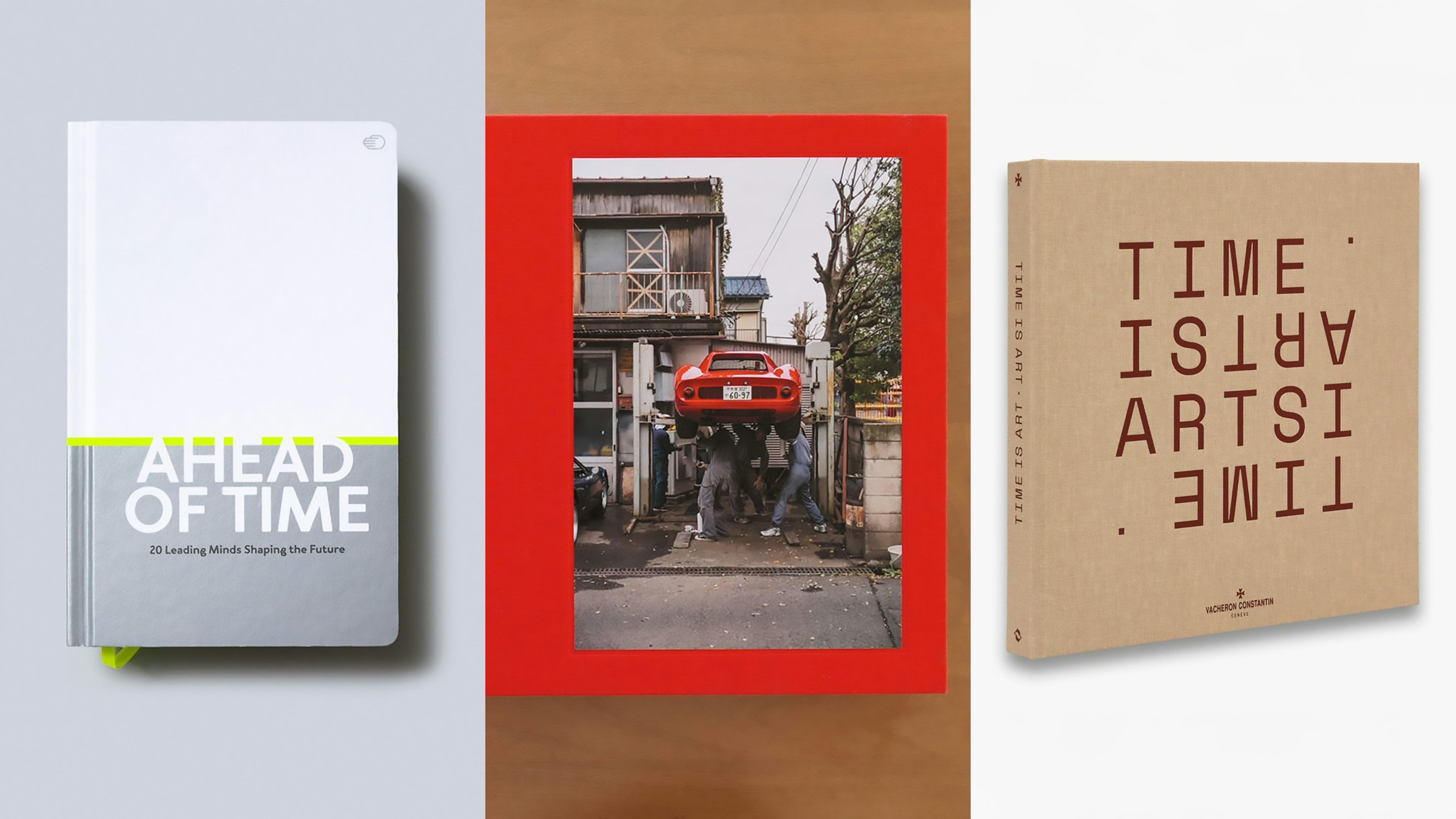
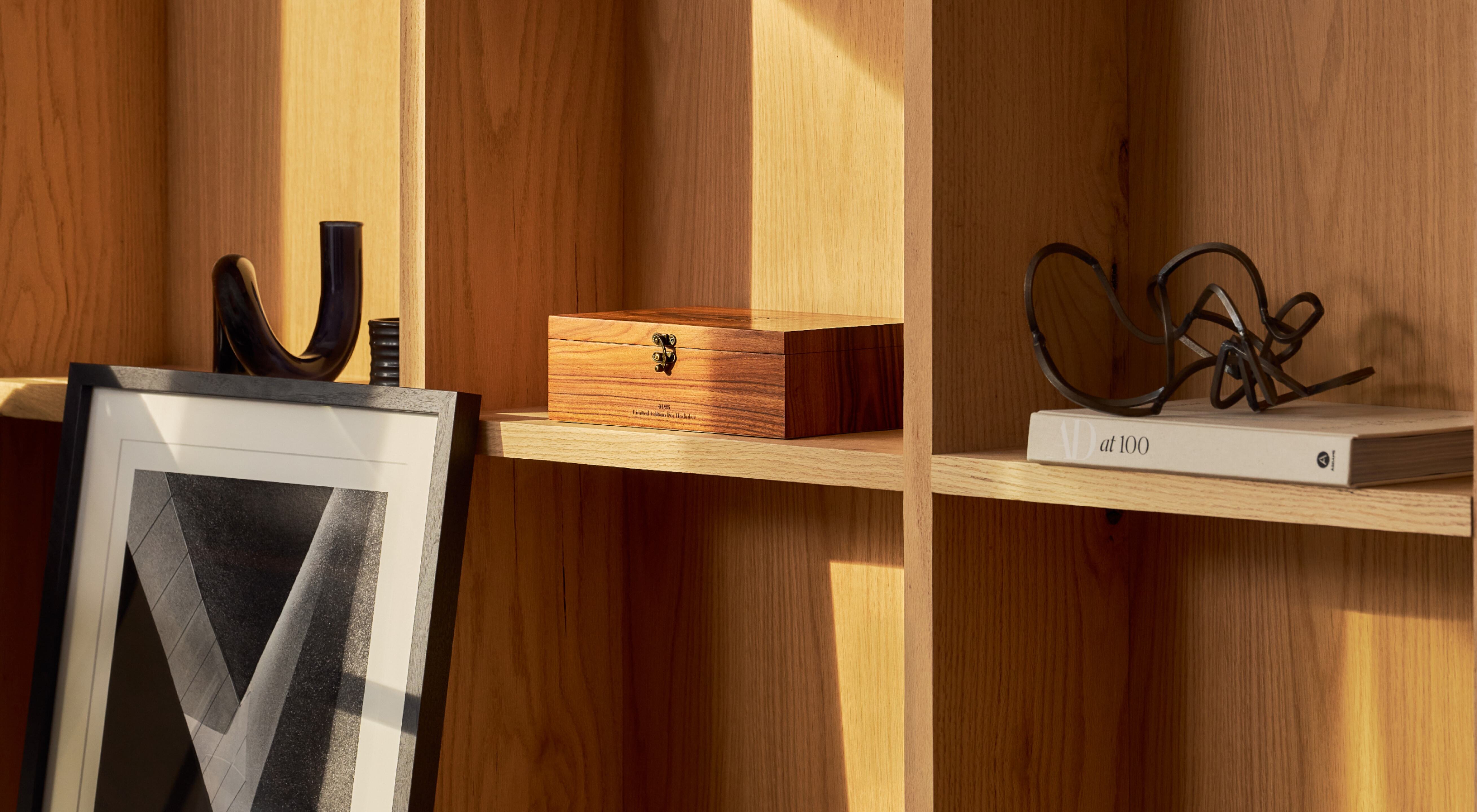
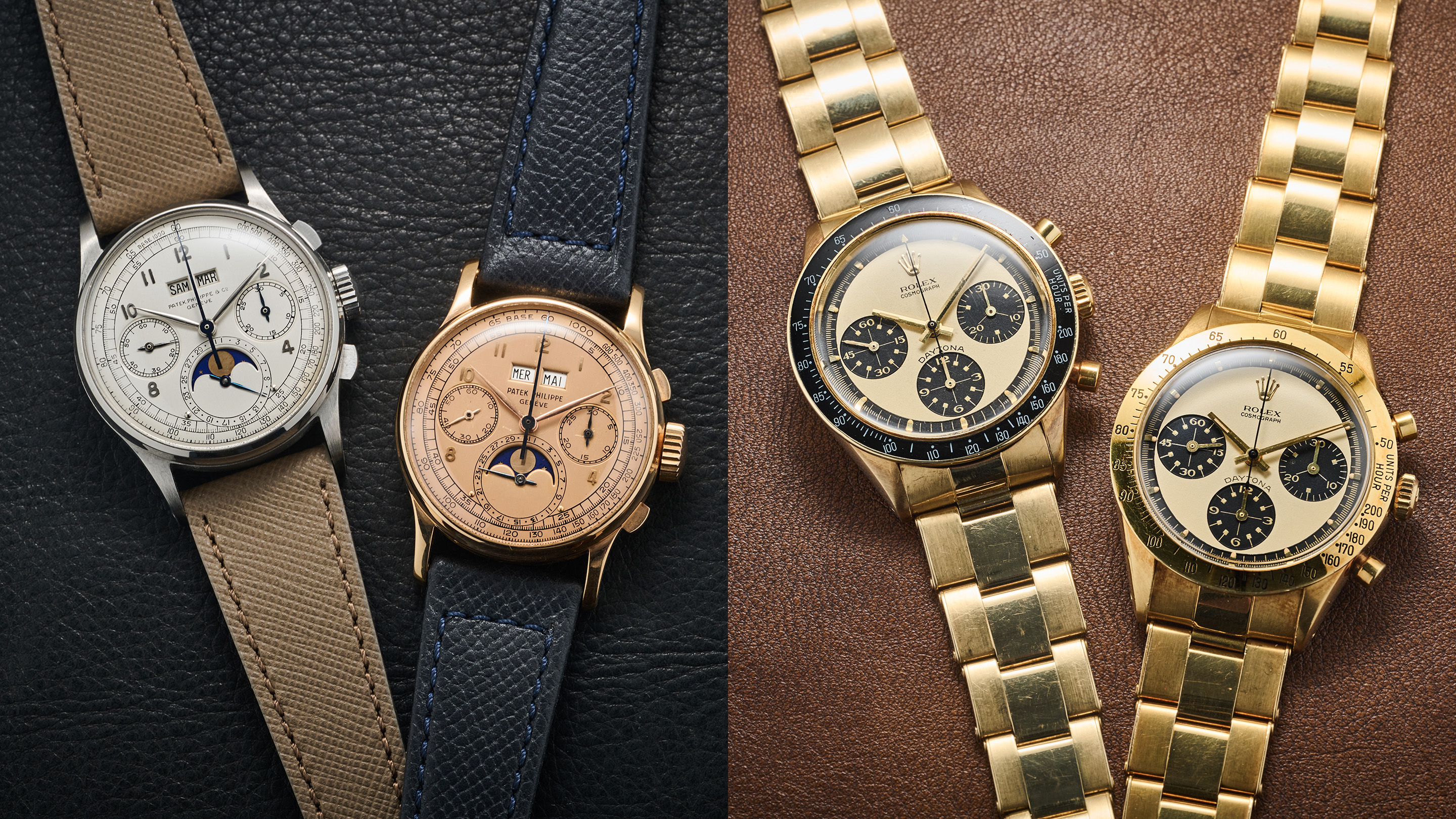
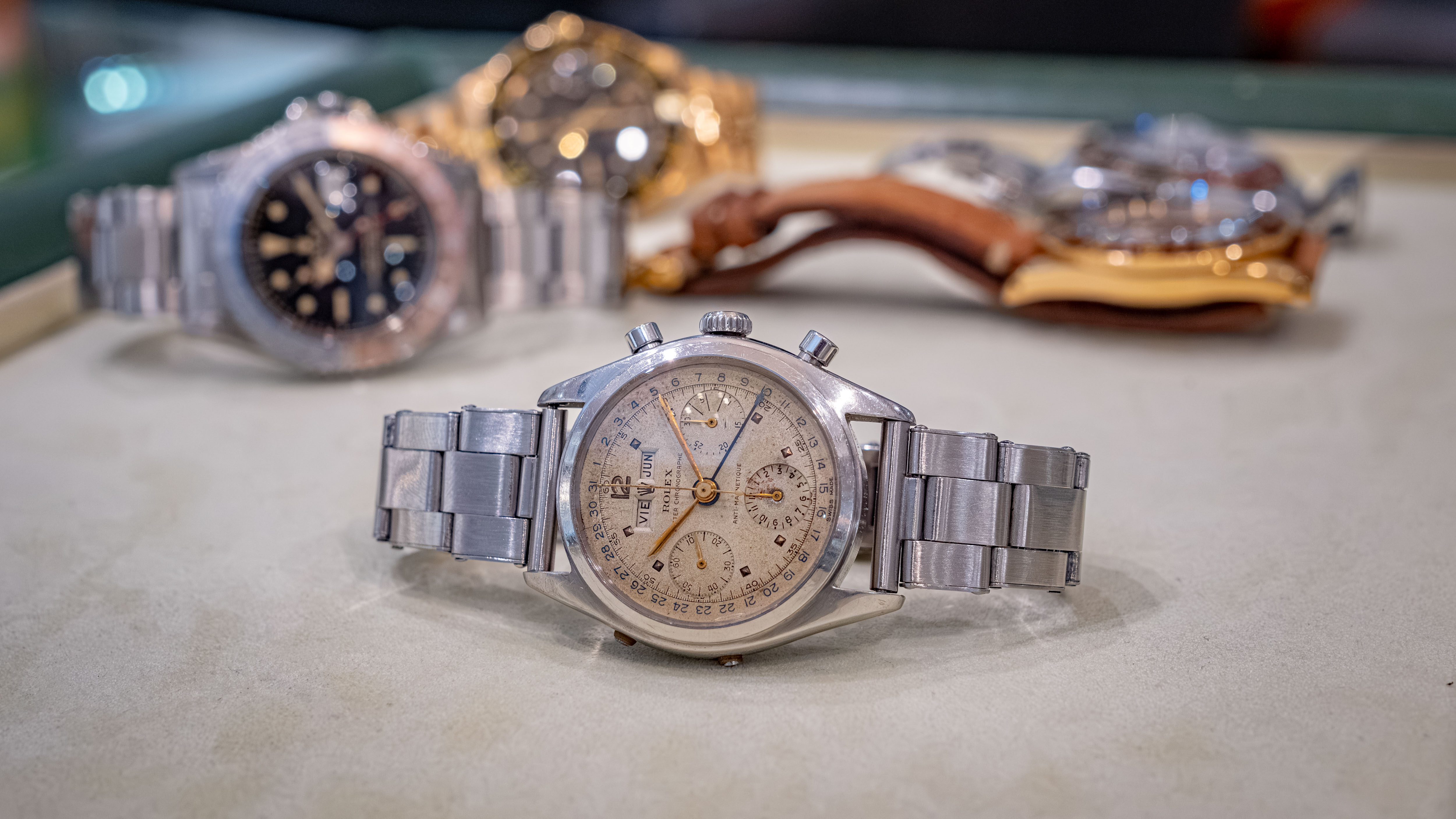


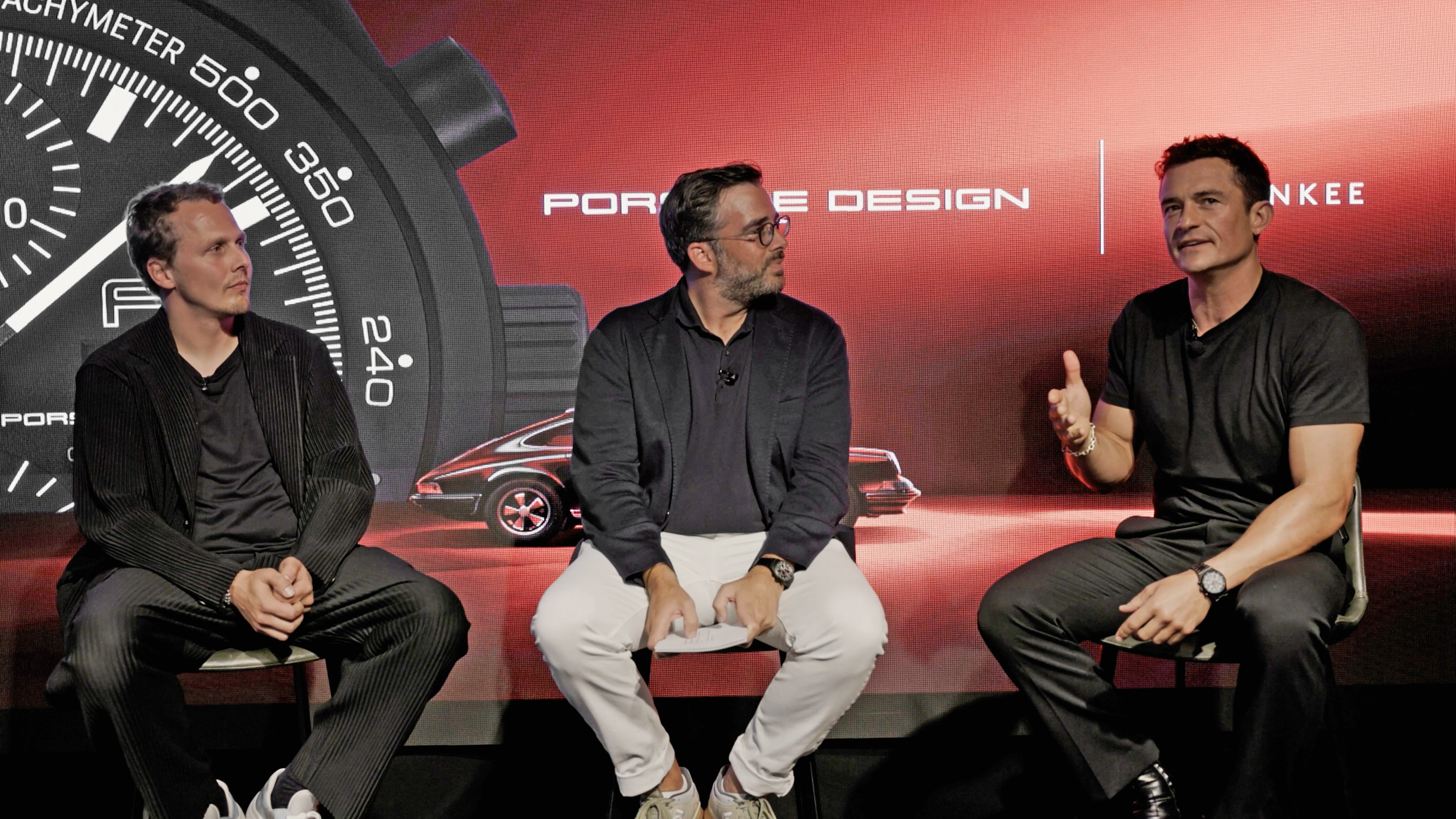
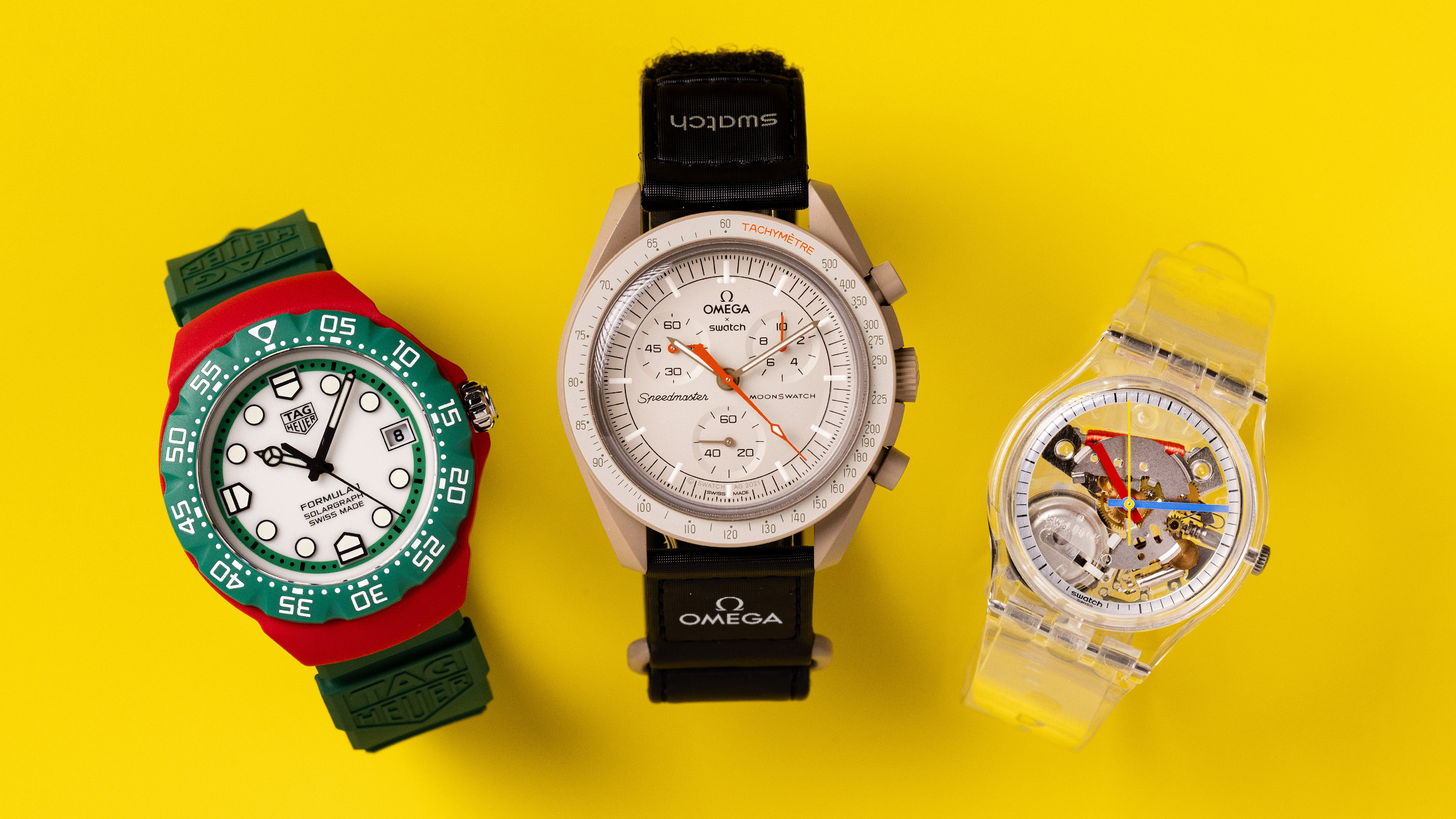
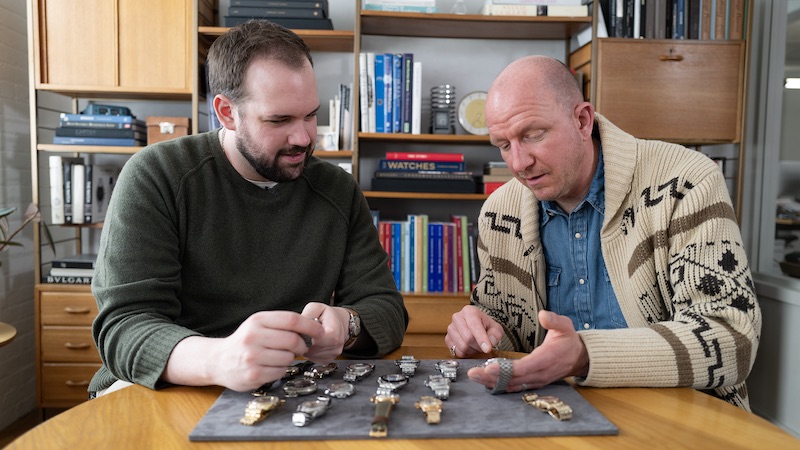


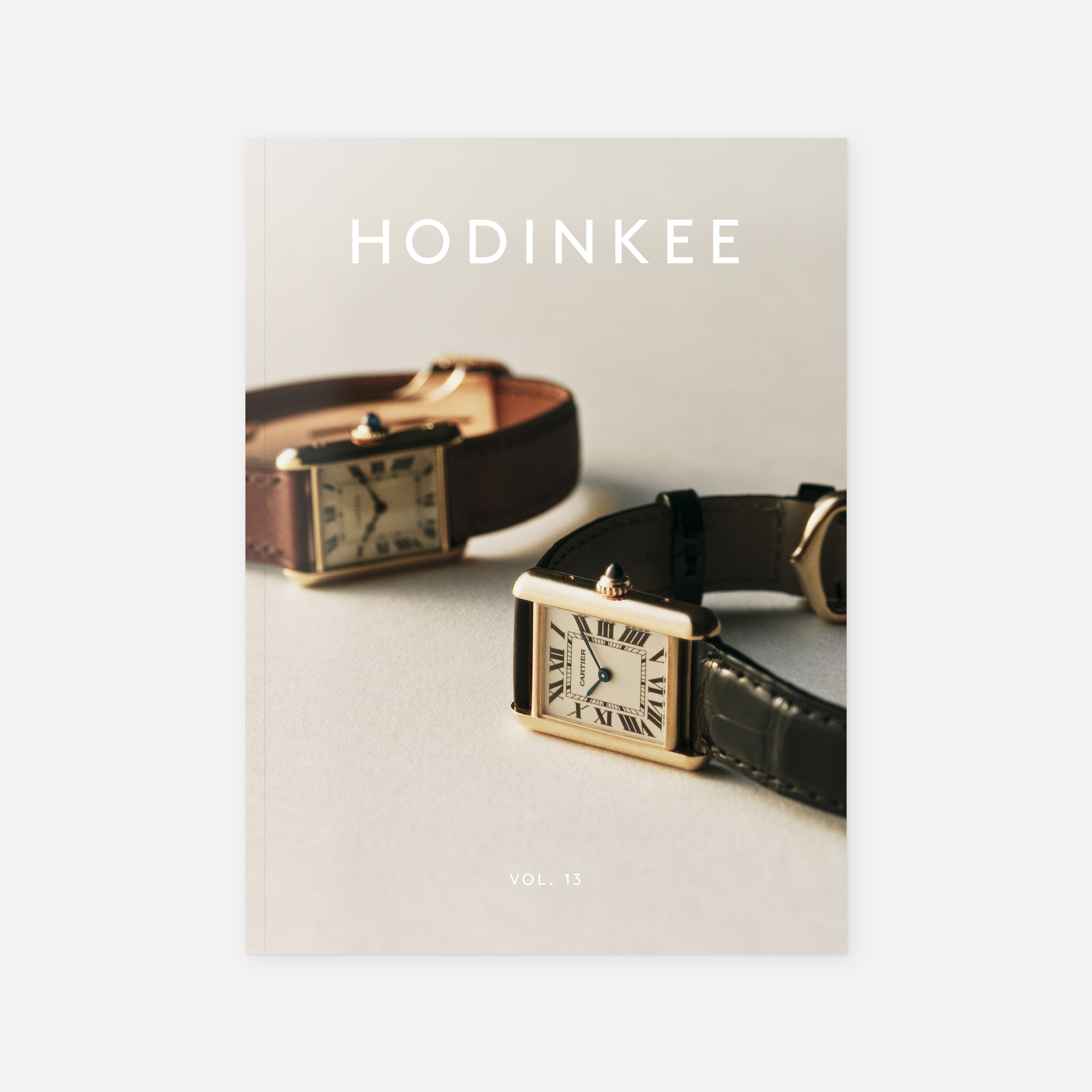
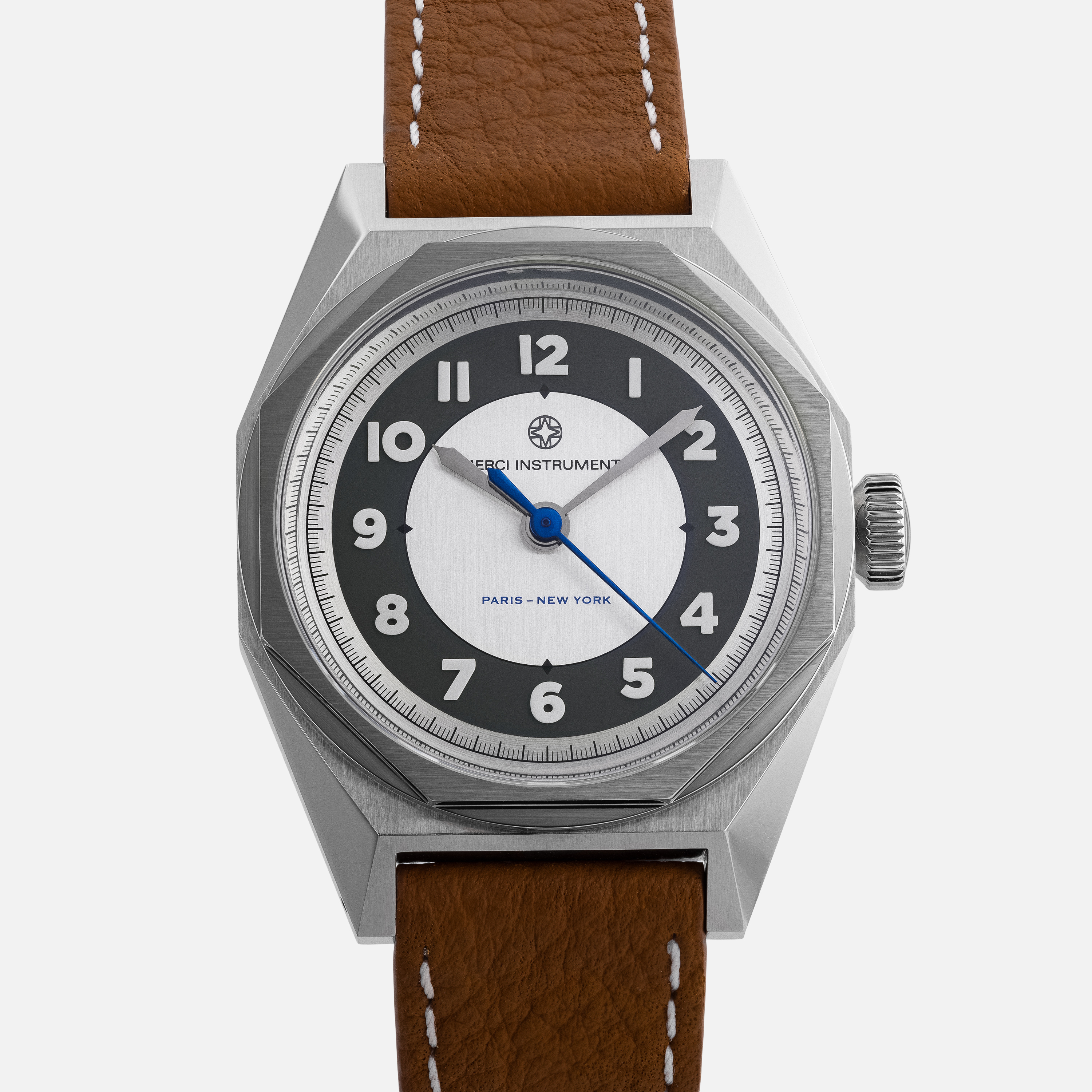
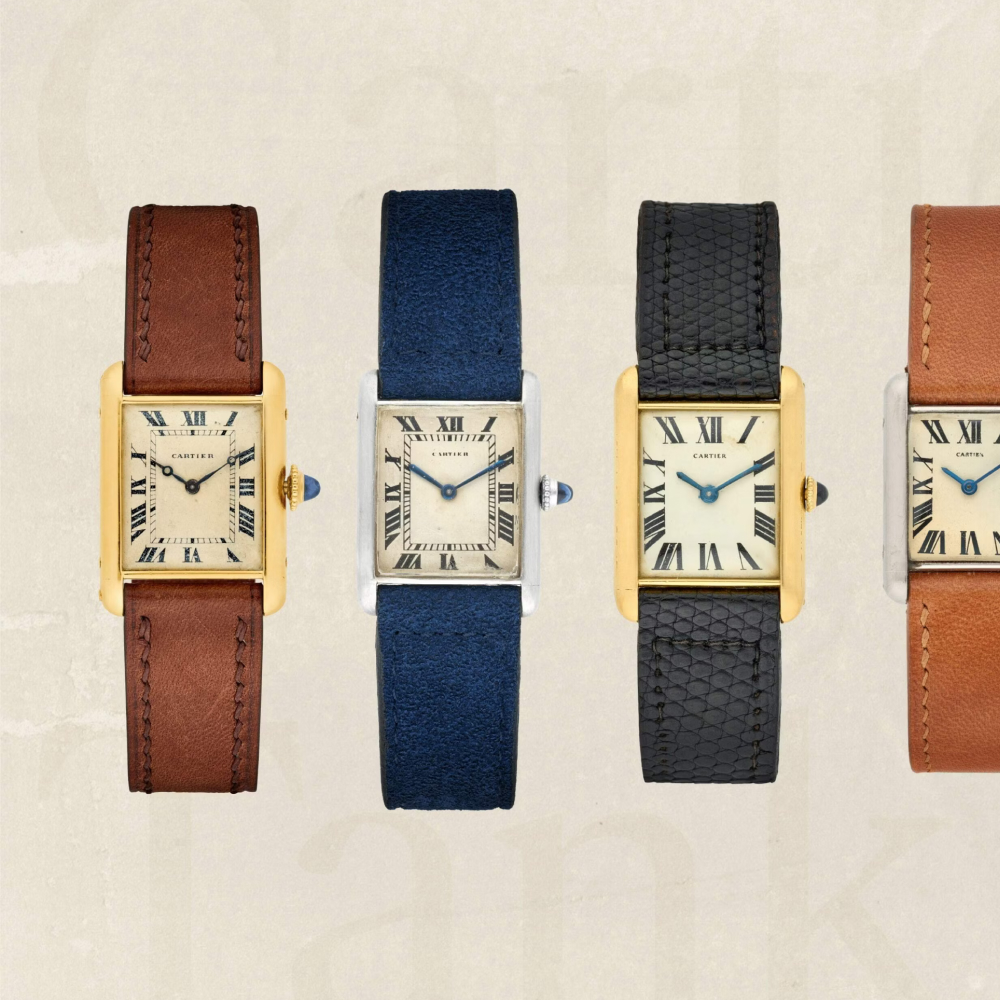









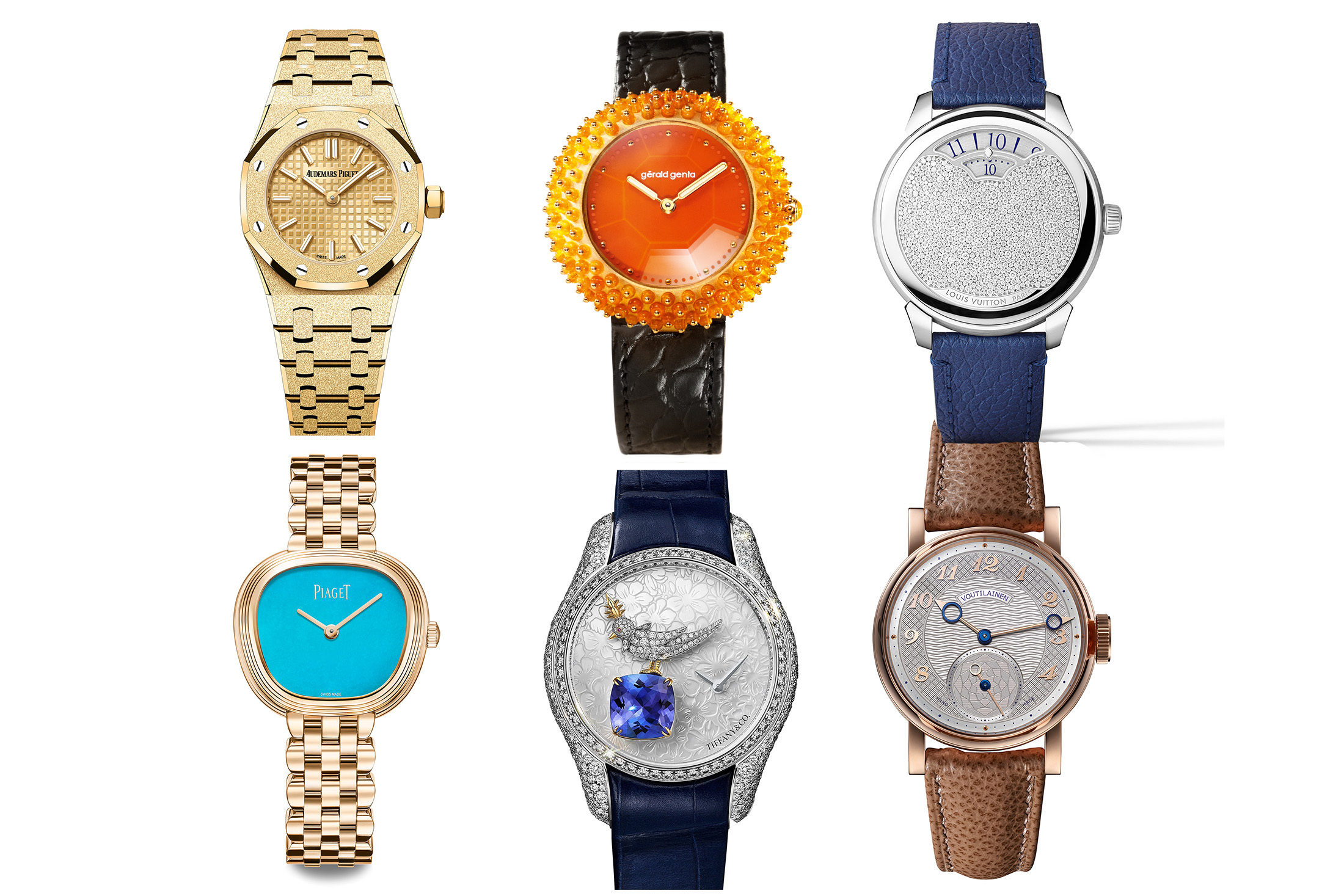
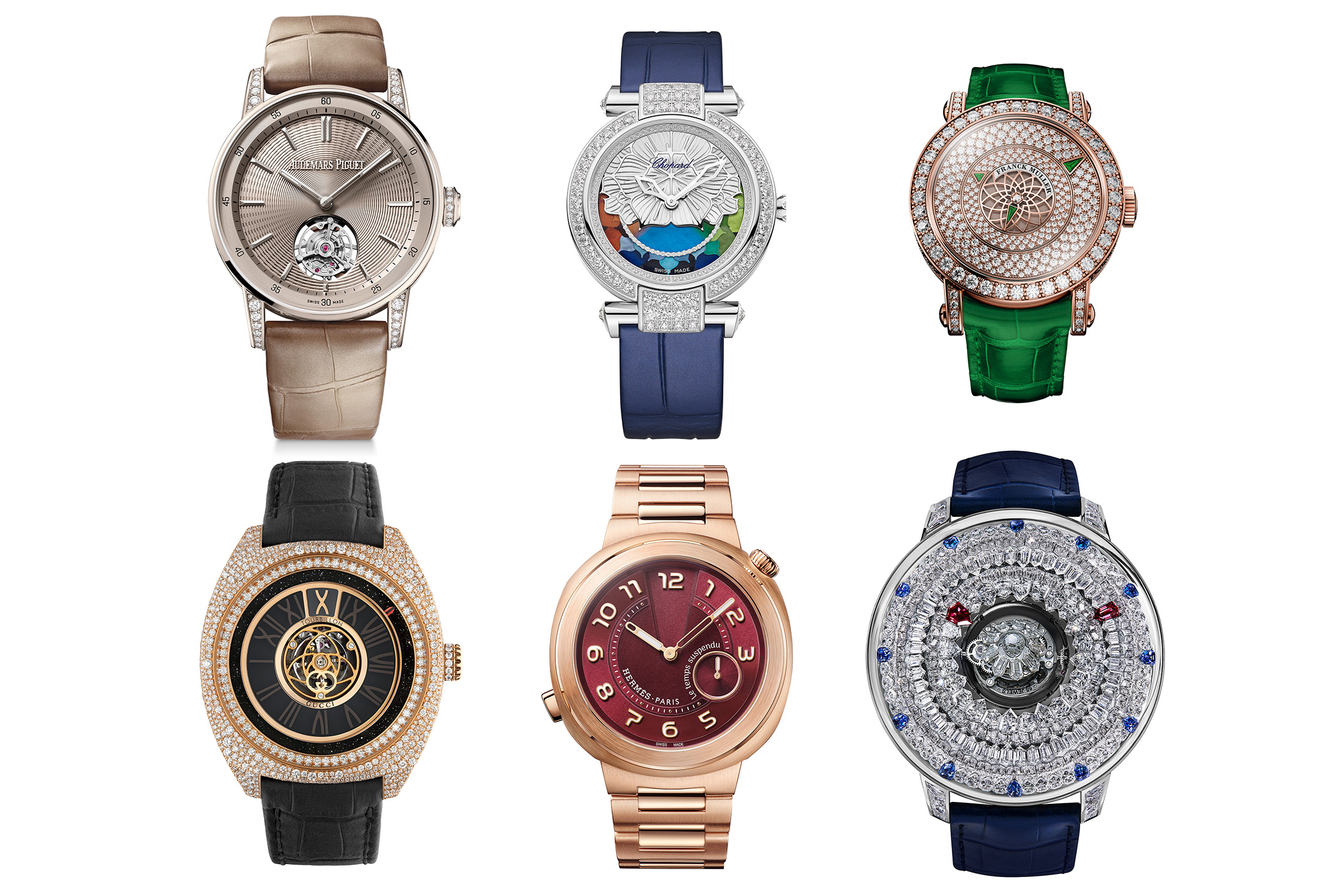
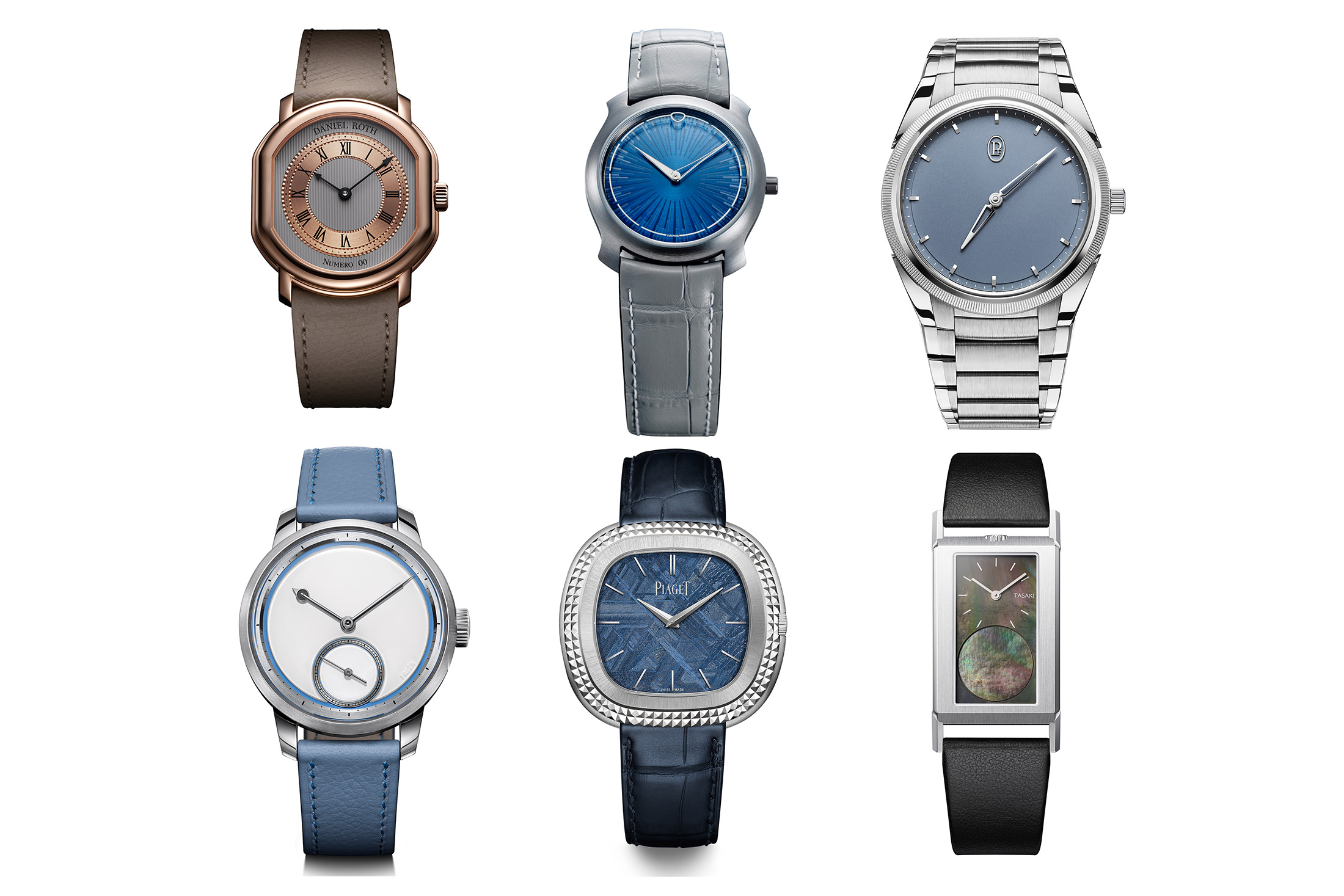
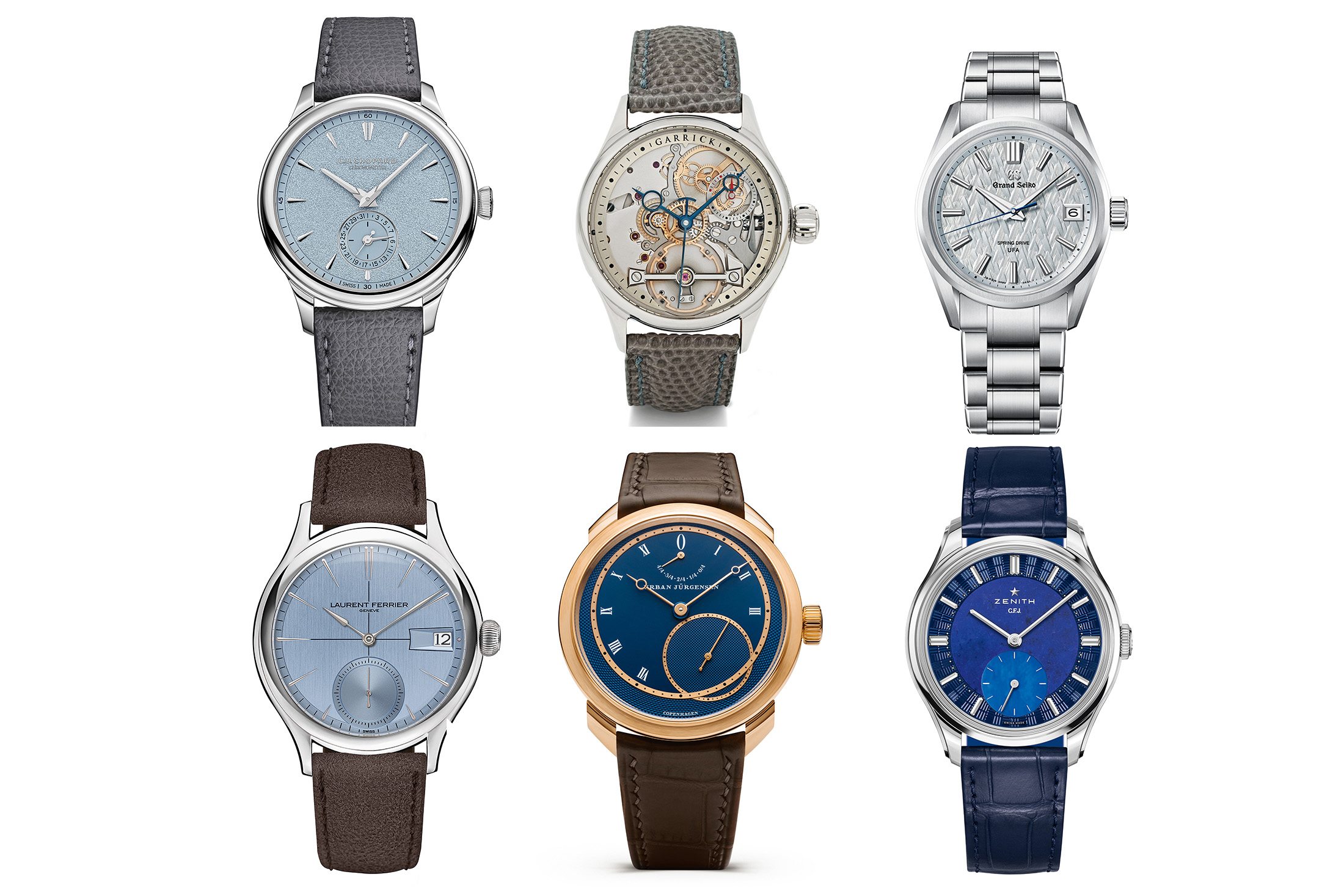
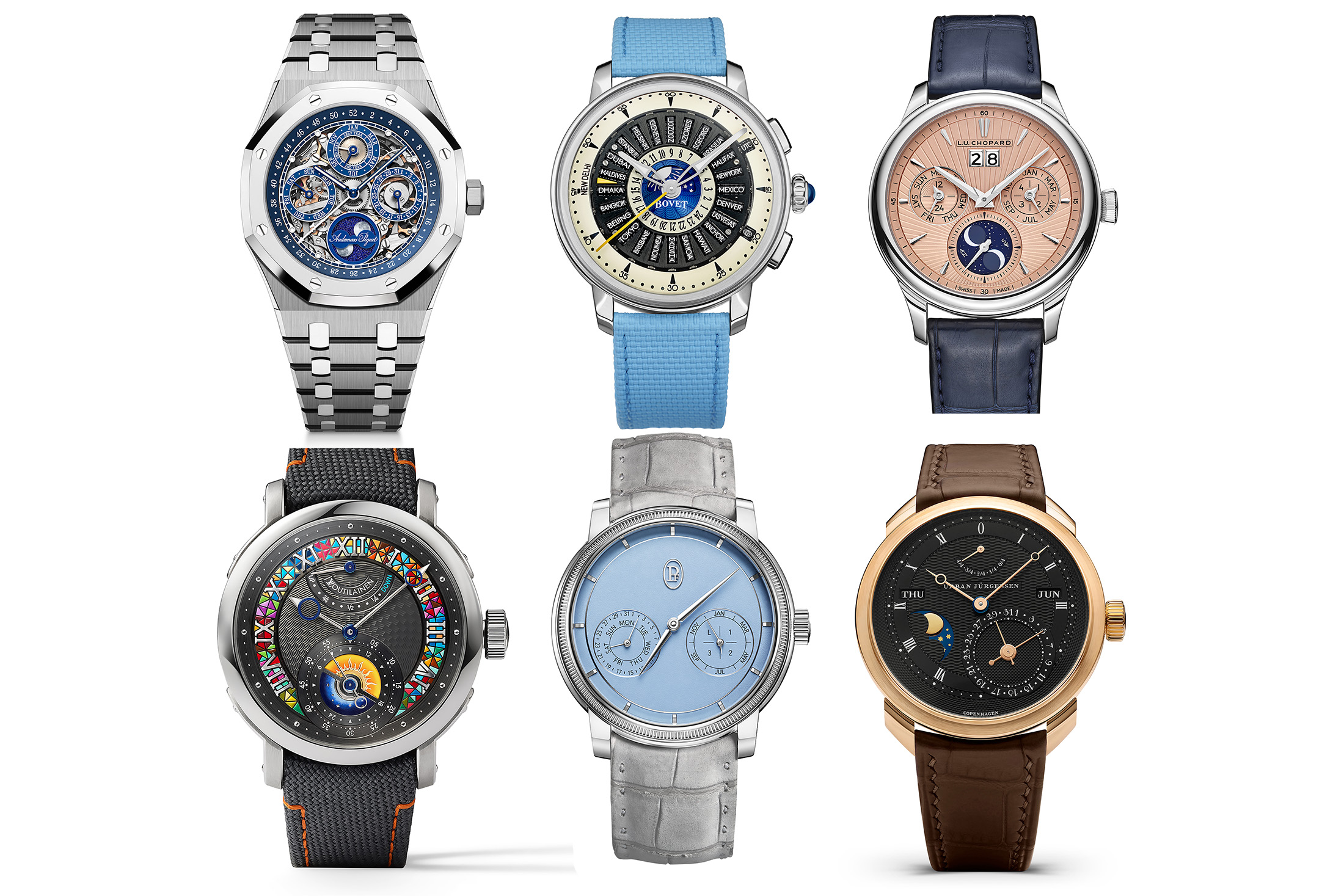
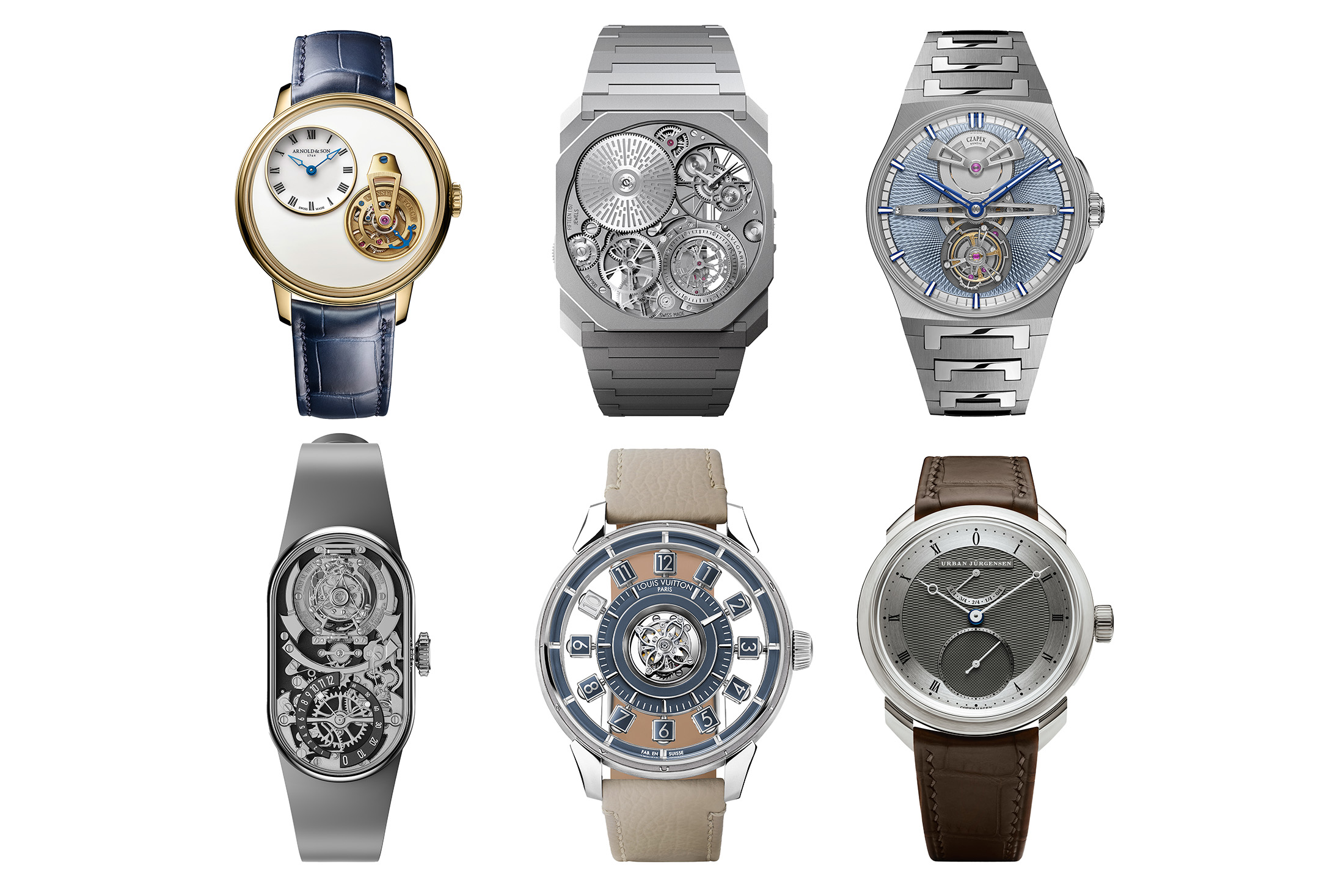
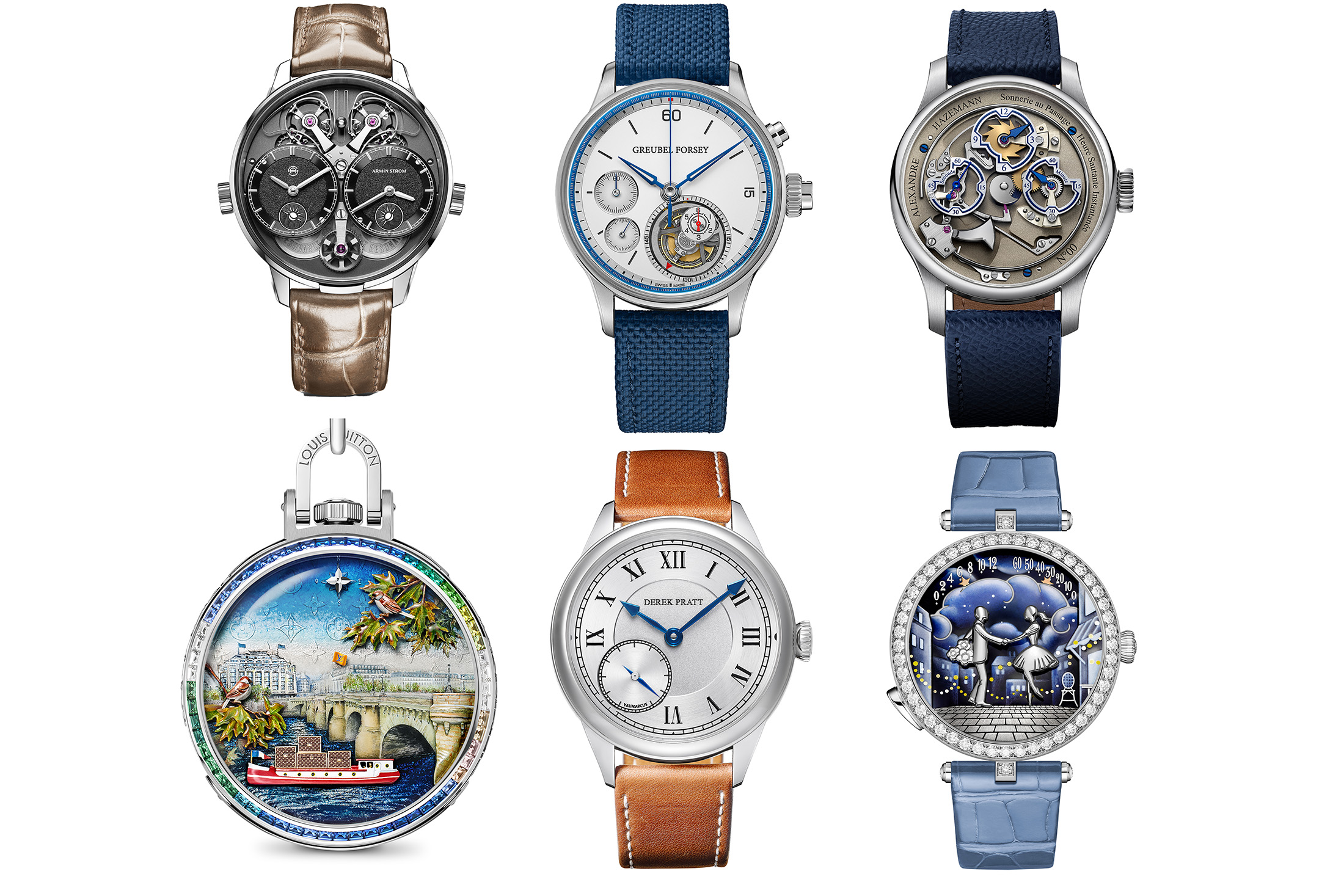
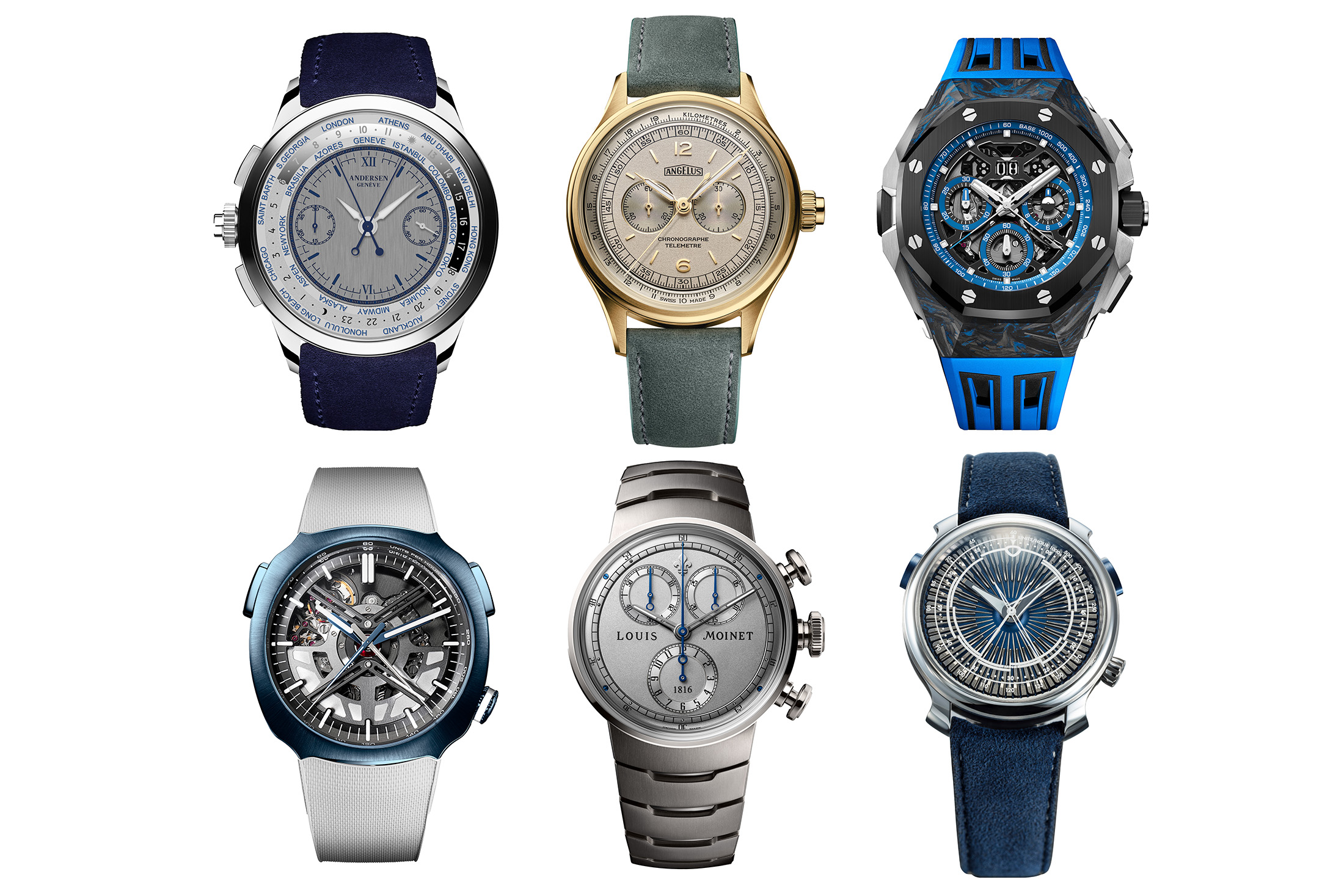
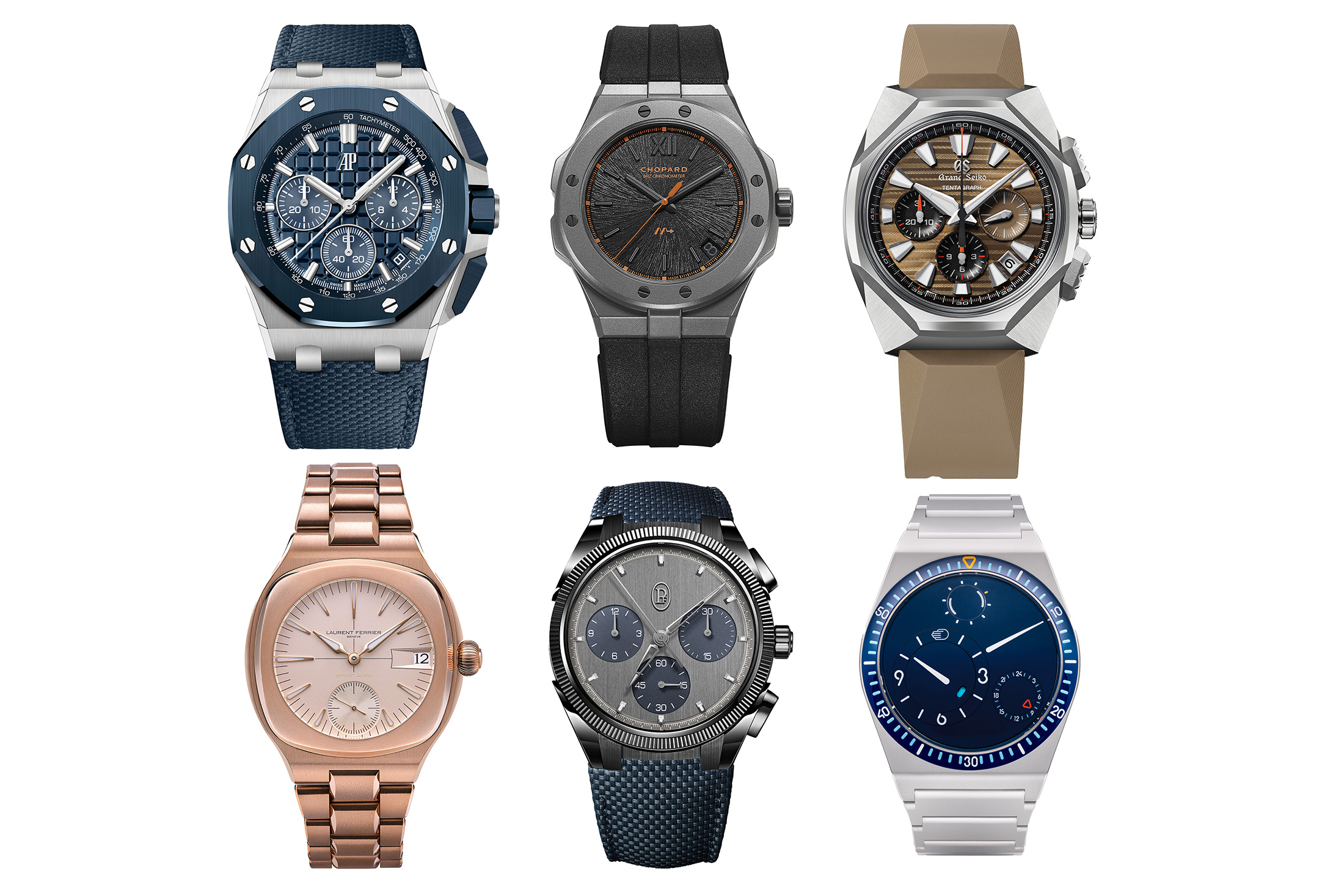
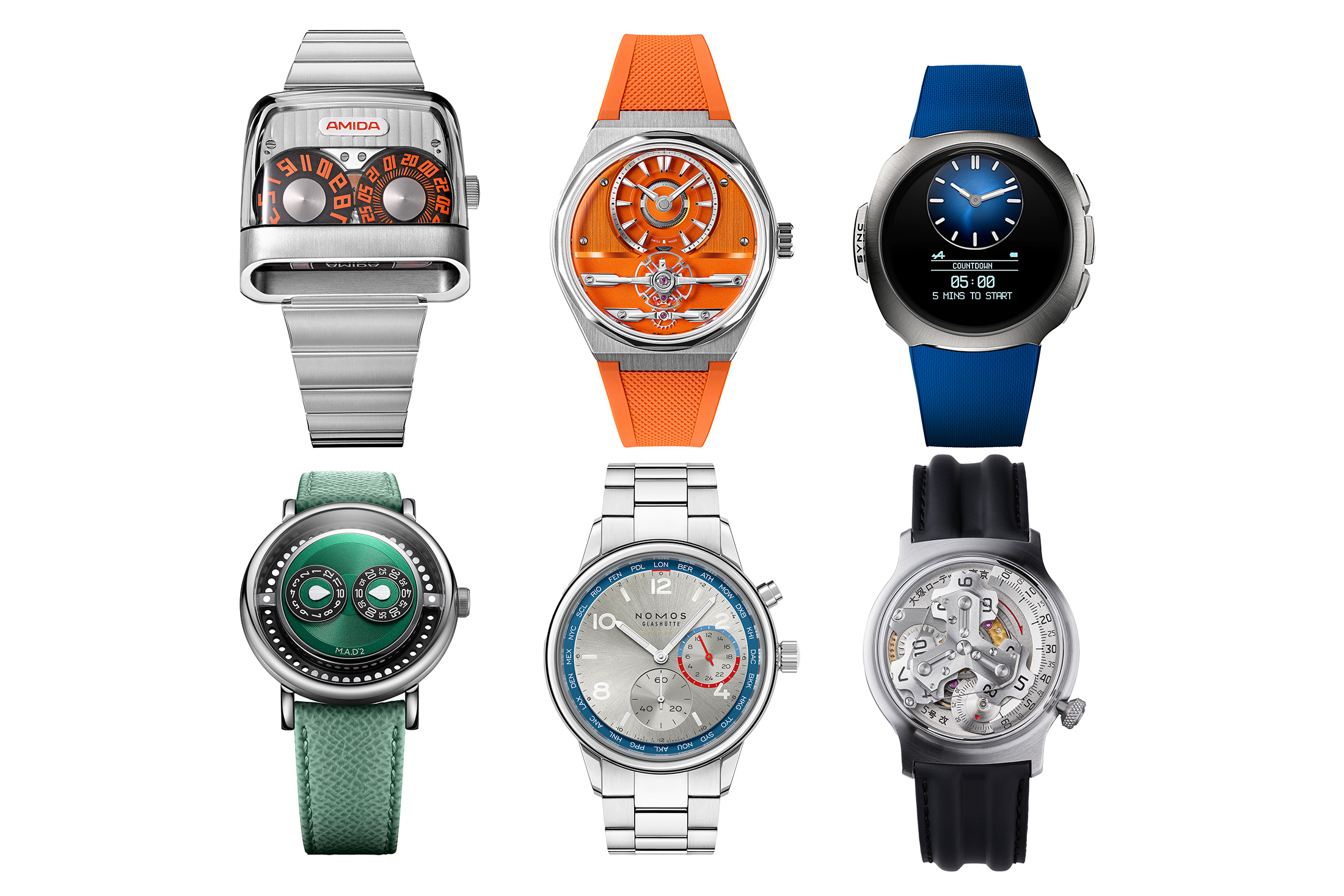
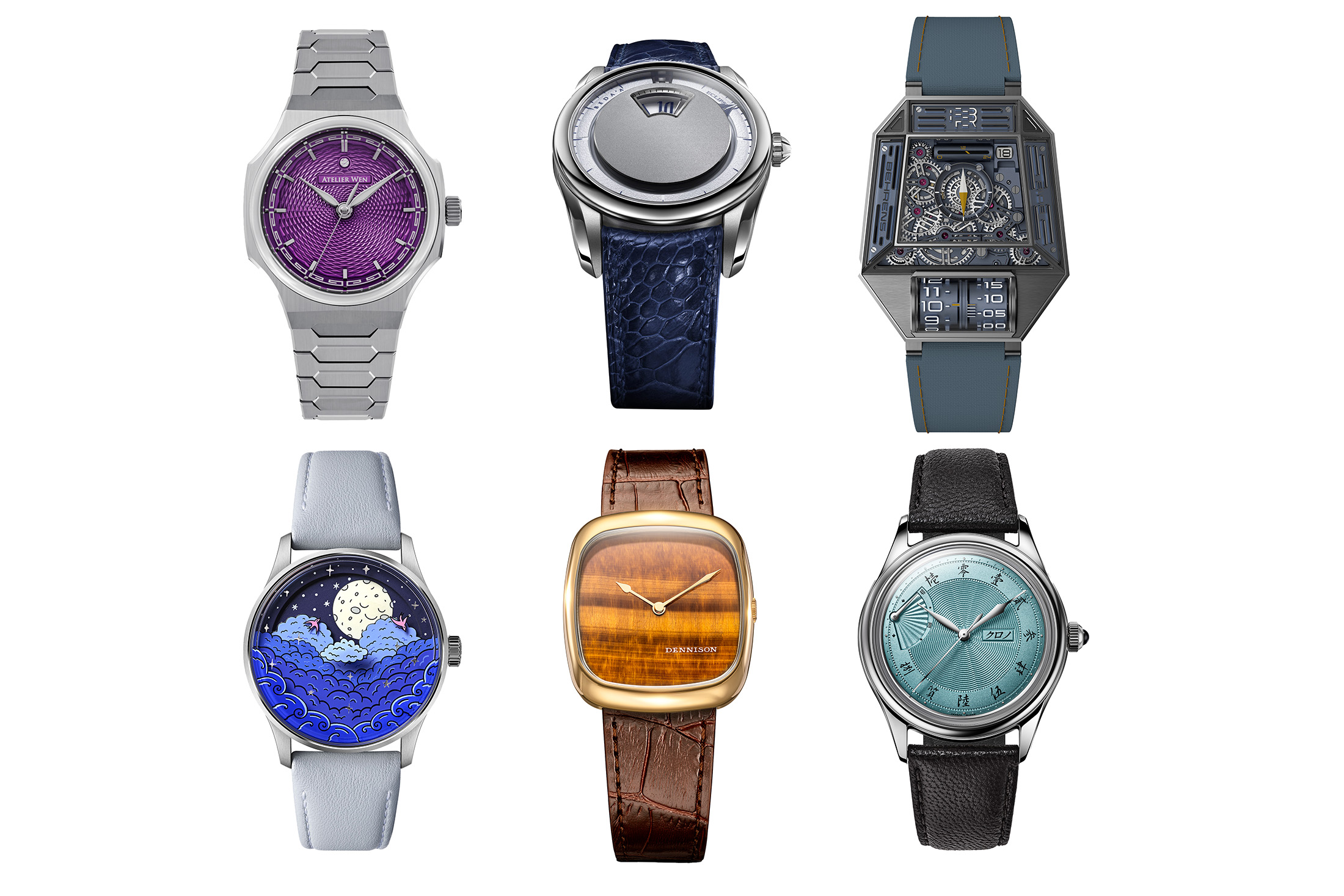
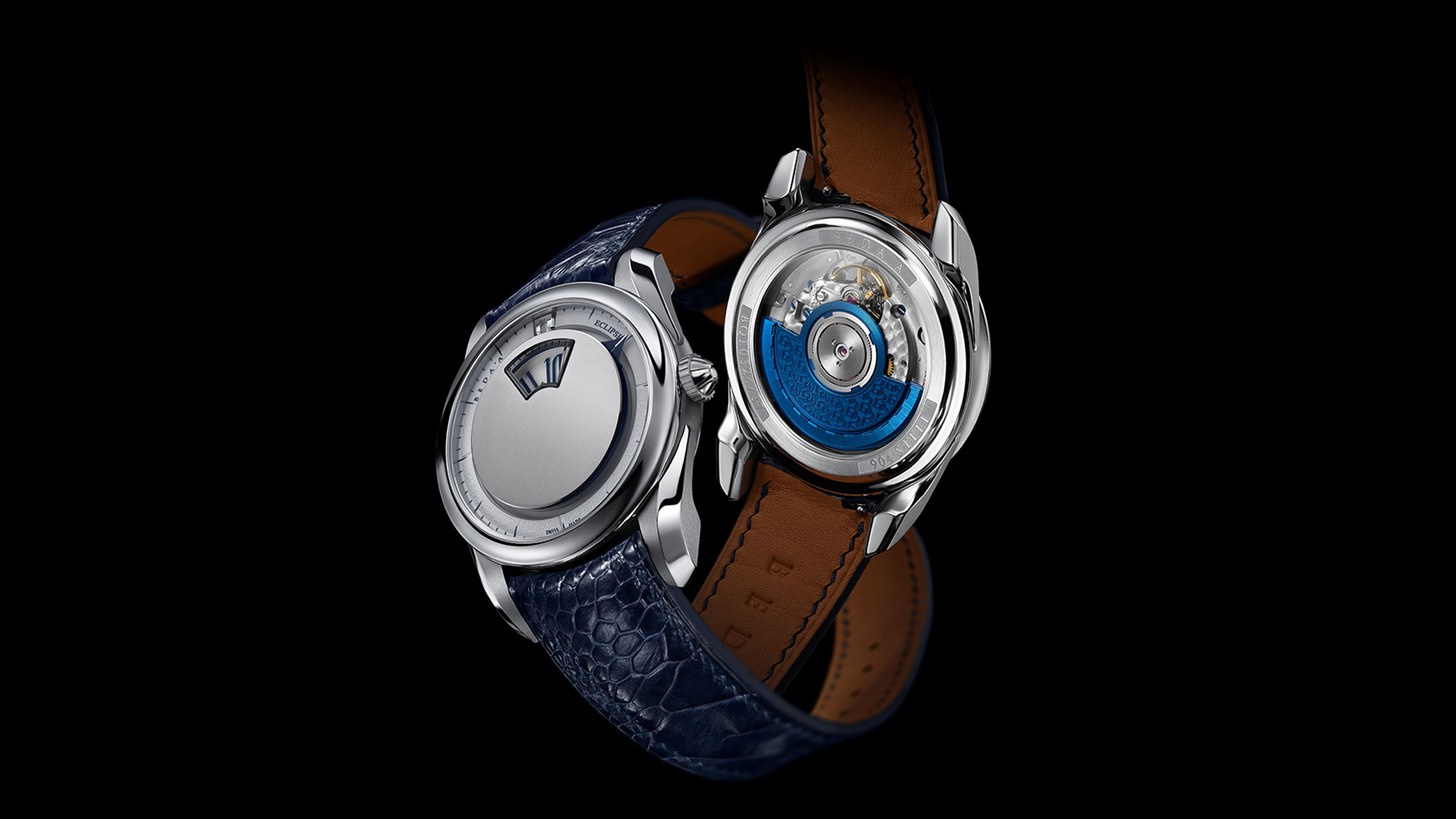
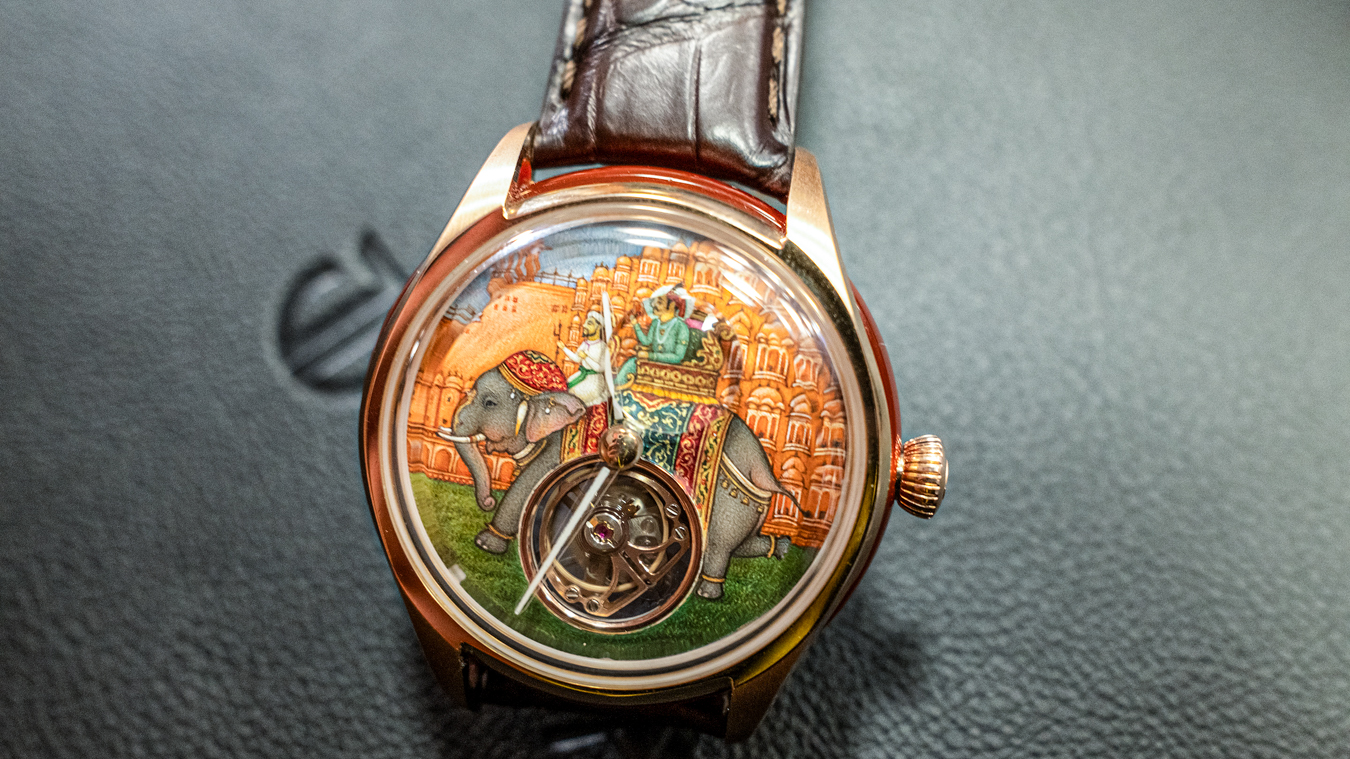
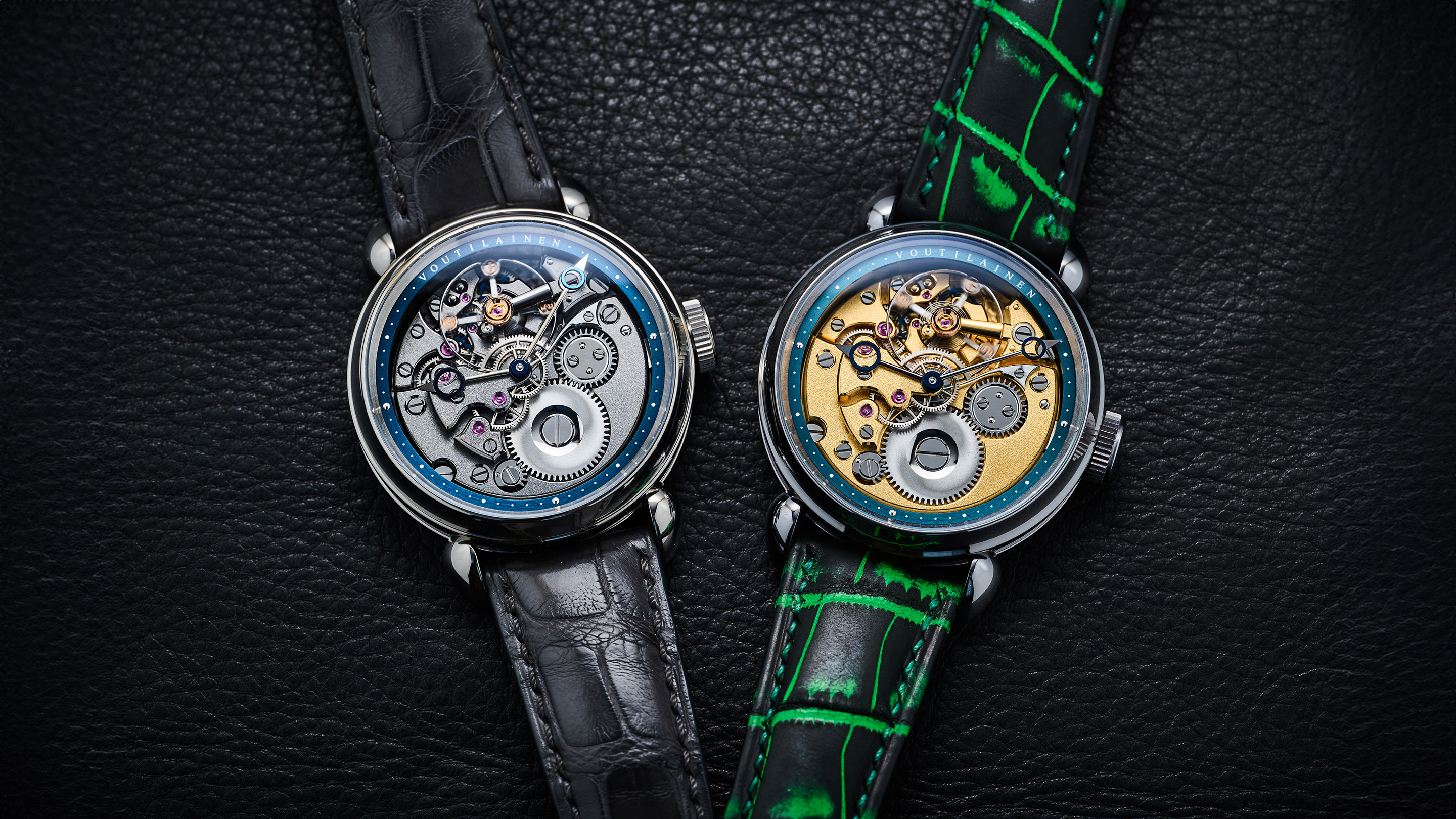

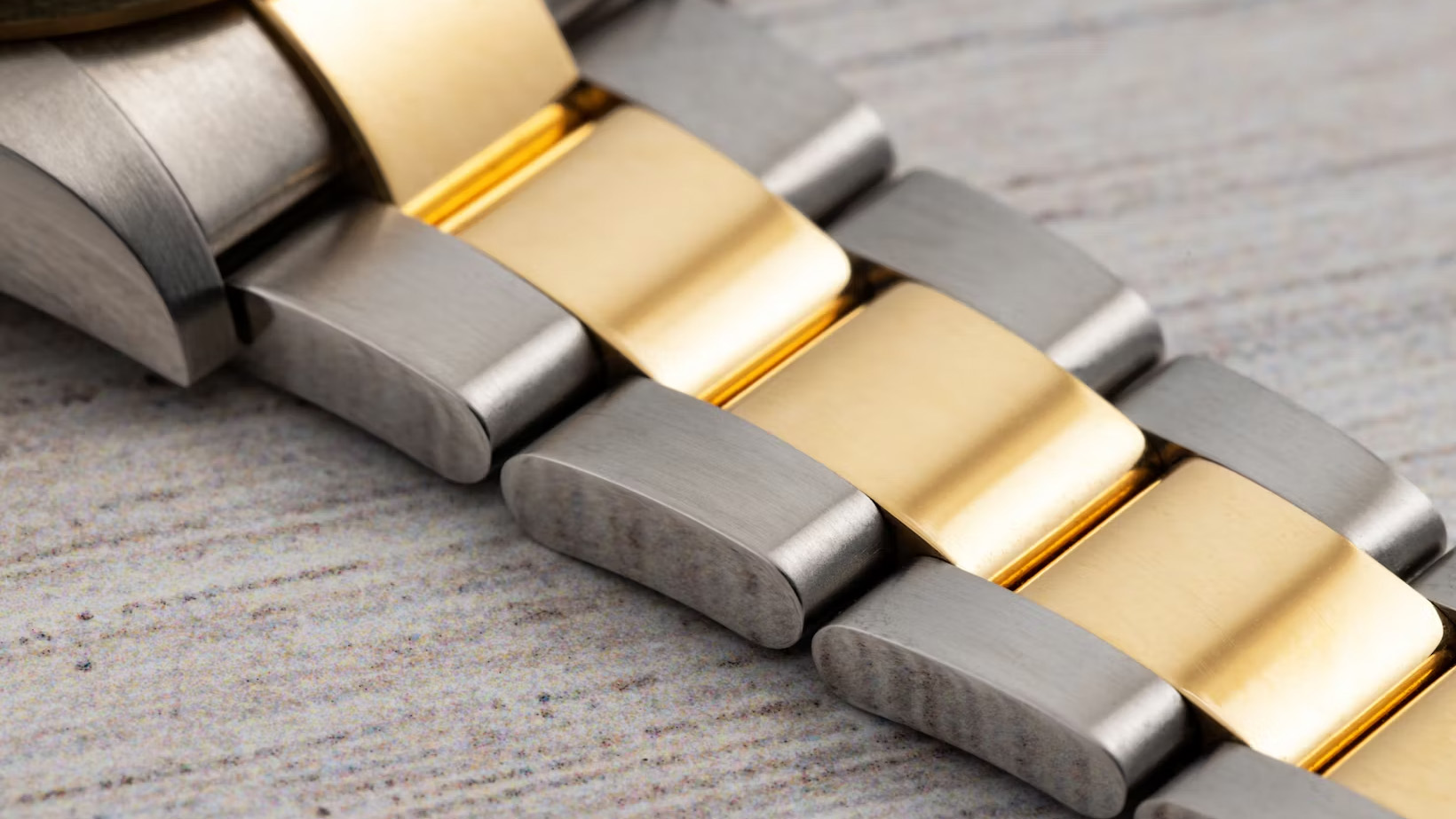
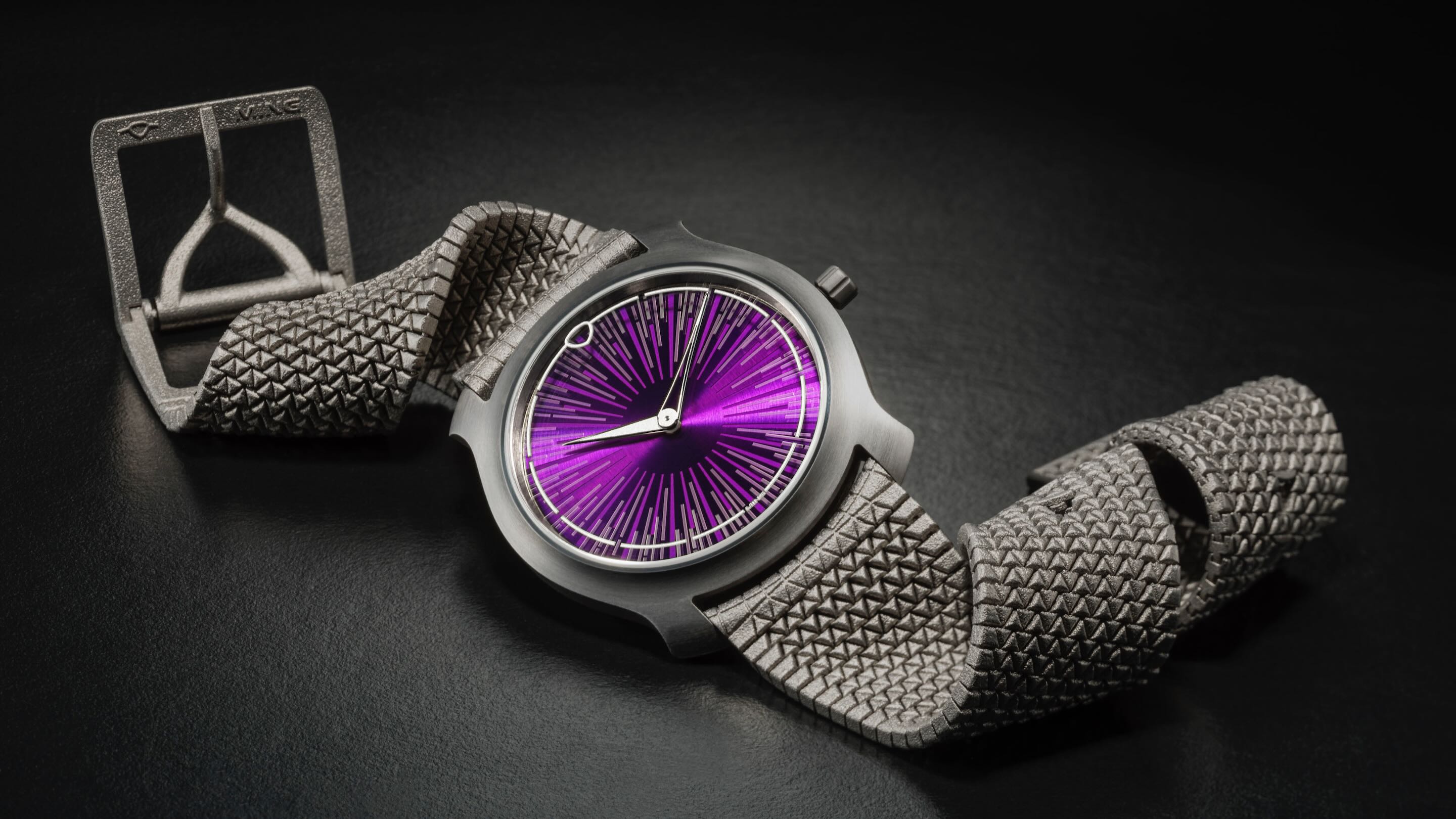
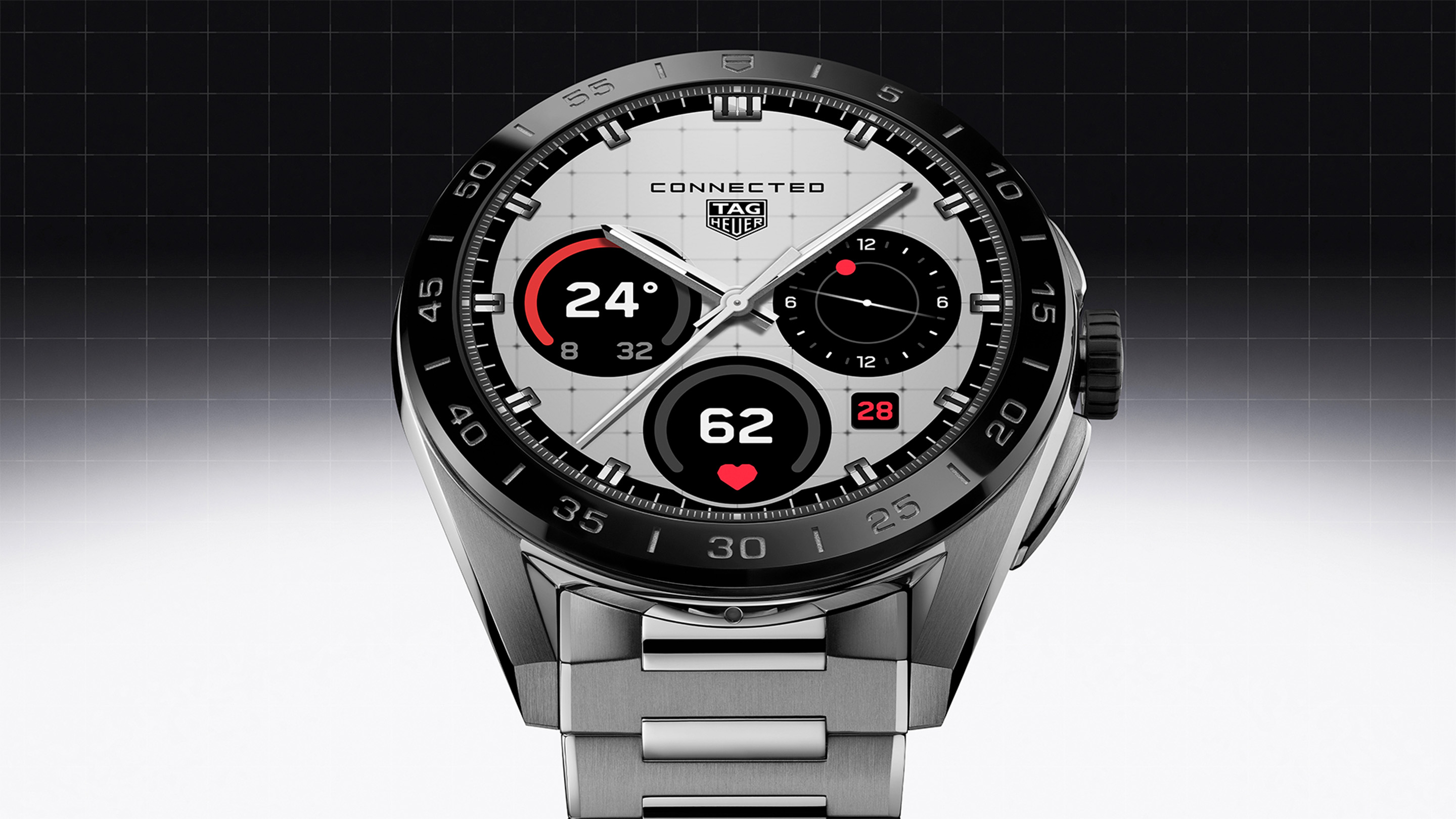
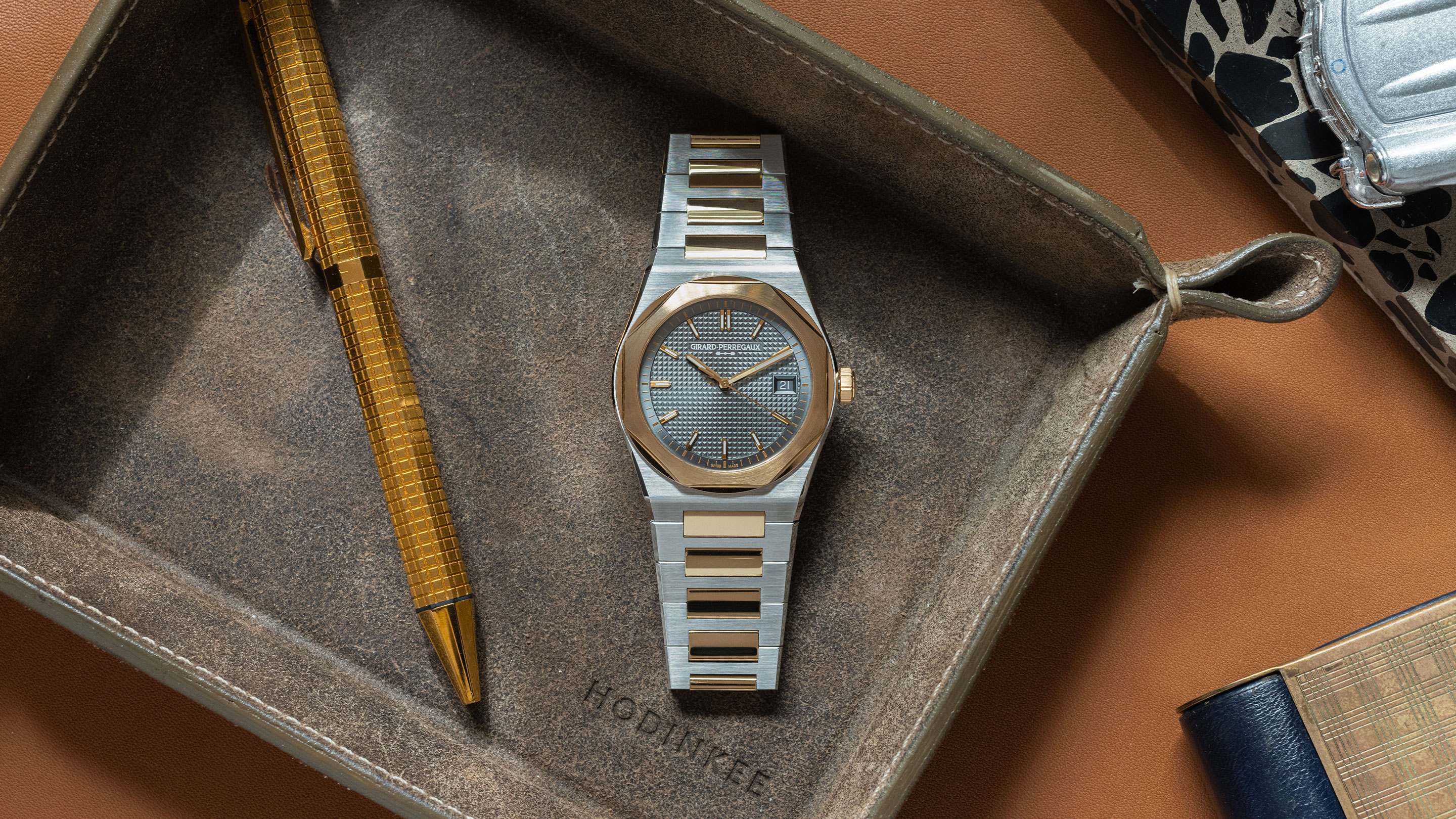
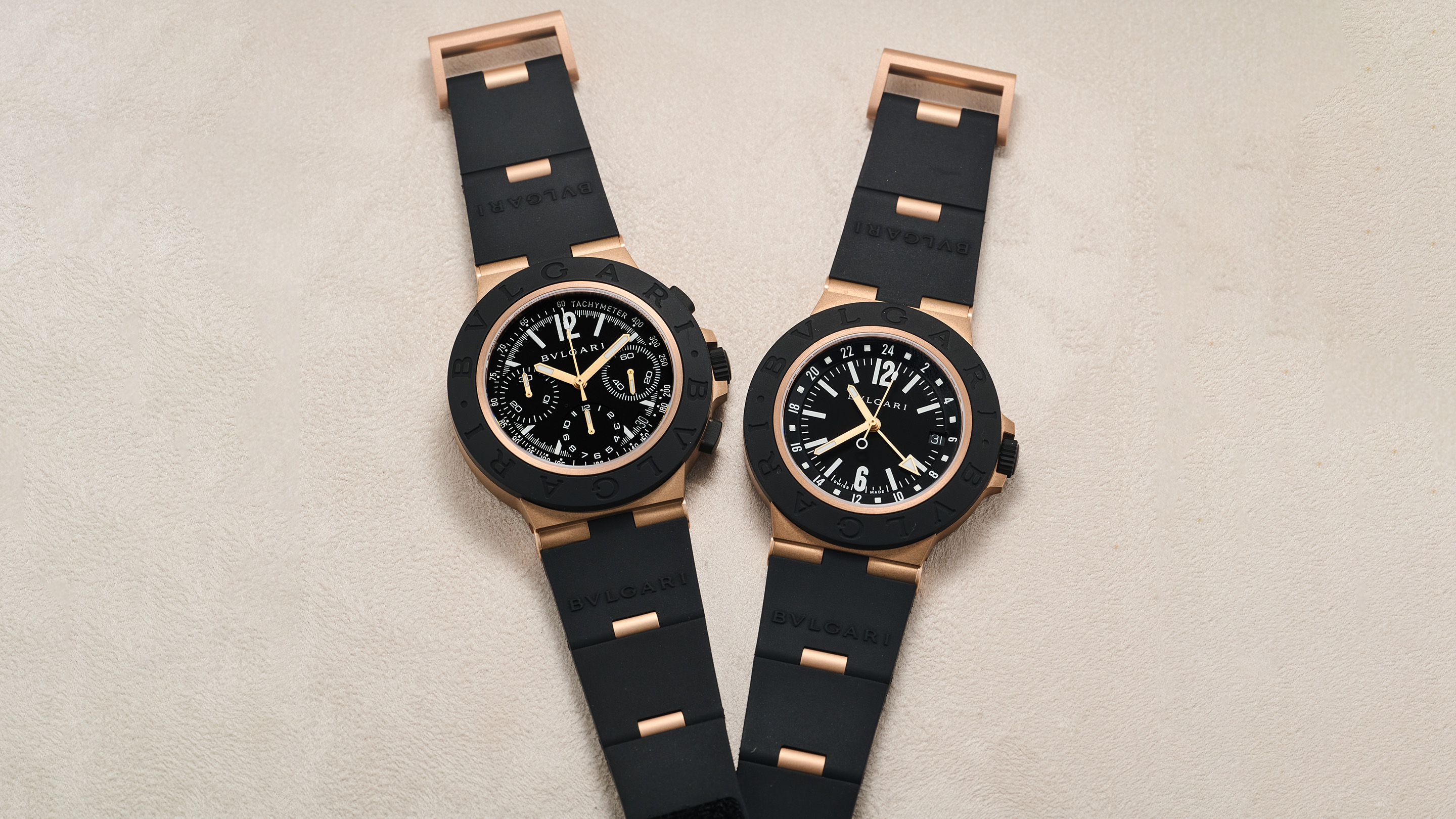
Top Discussions
Photo ReportInside Mike Wood’s ‘For Exhibition Only’: A Private Rolex Collection On Limited Display
Breaking NewsA Yellow Gold Rolex ref. 6062 Sets Record for the Reference, Third Most Expensive Rolex Ever Sold, At $6.2 Million
AuctionsPreviewing Phillips’ Massive ‘Decade One’ Auction and Reflecting on Ten Years of Phillips with Bacs and Russo